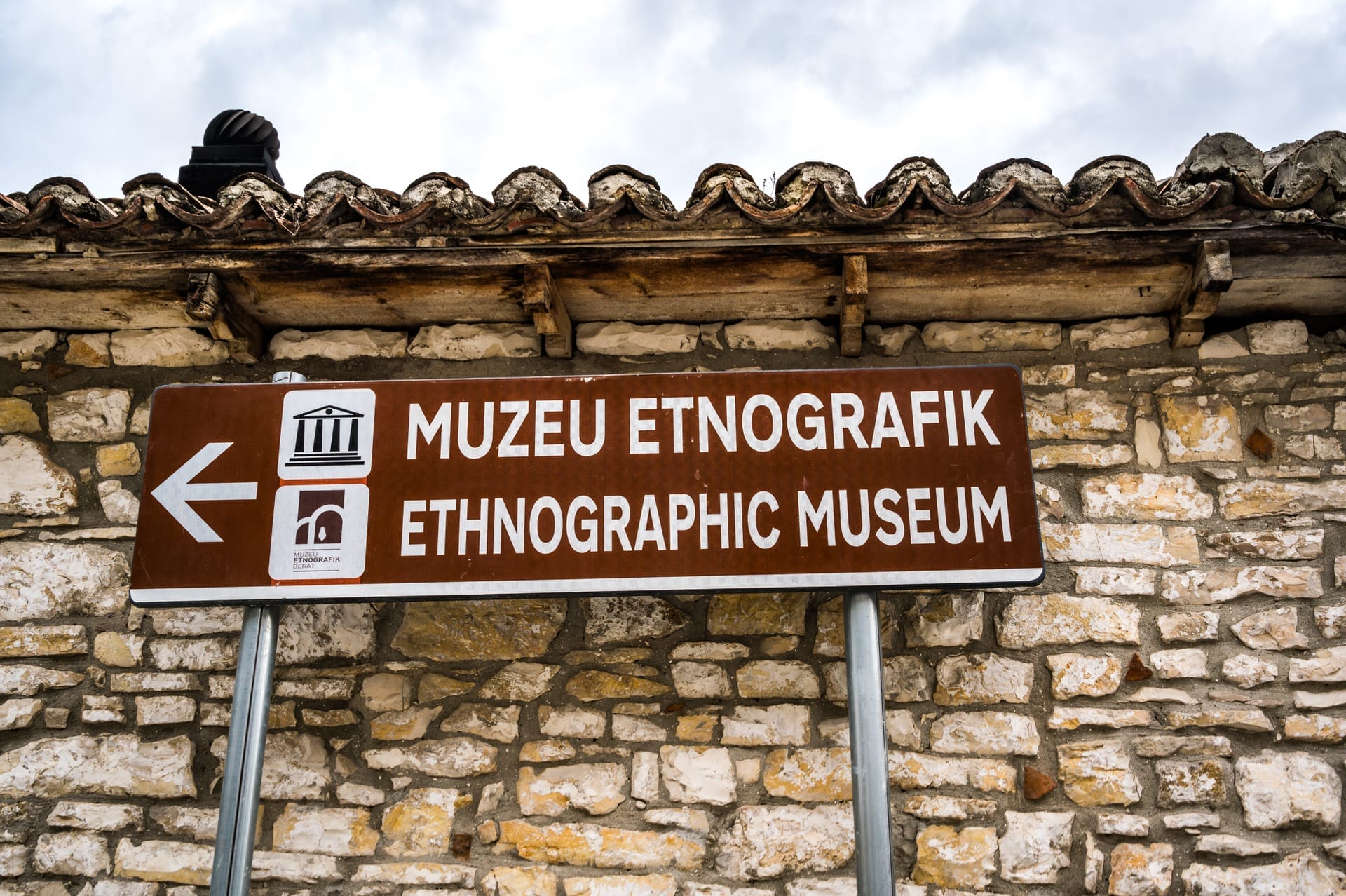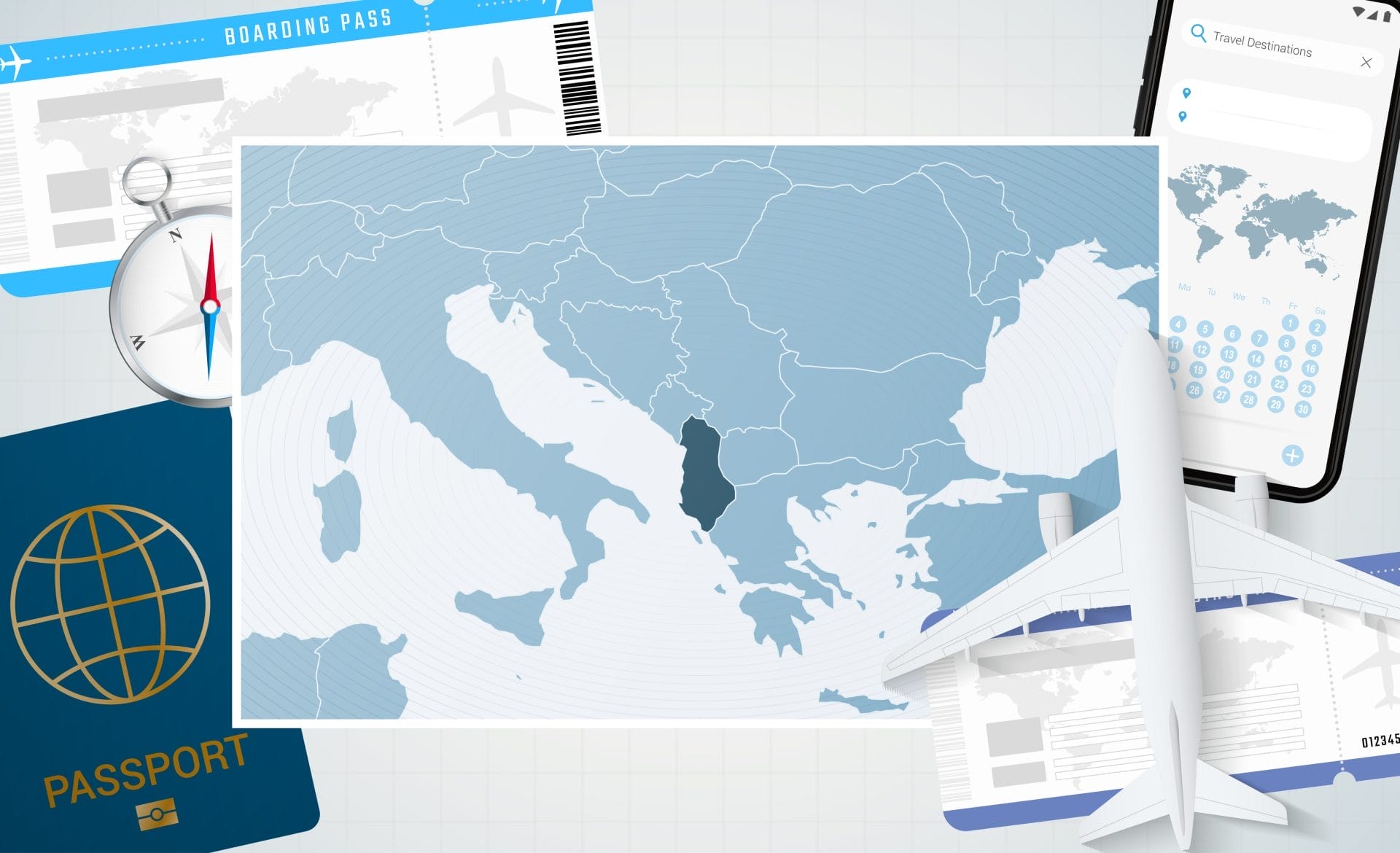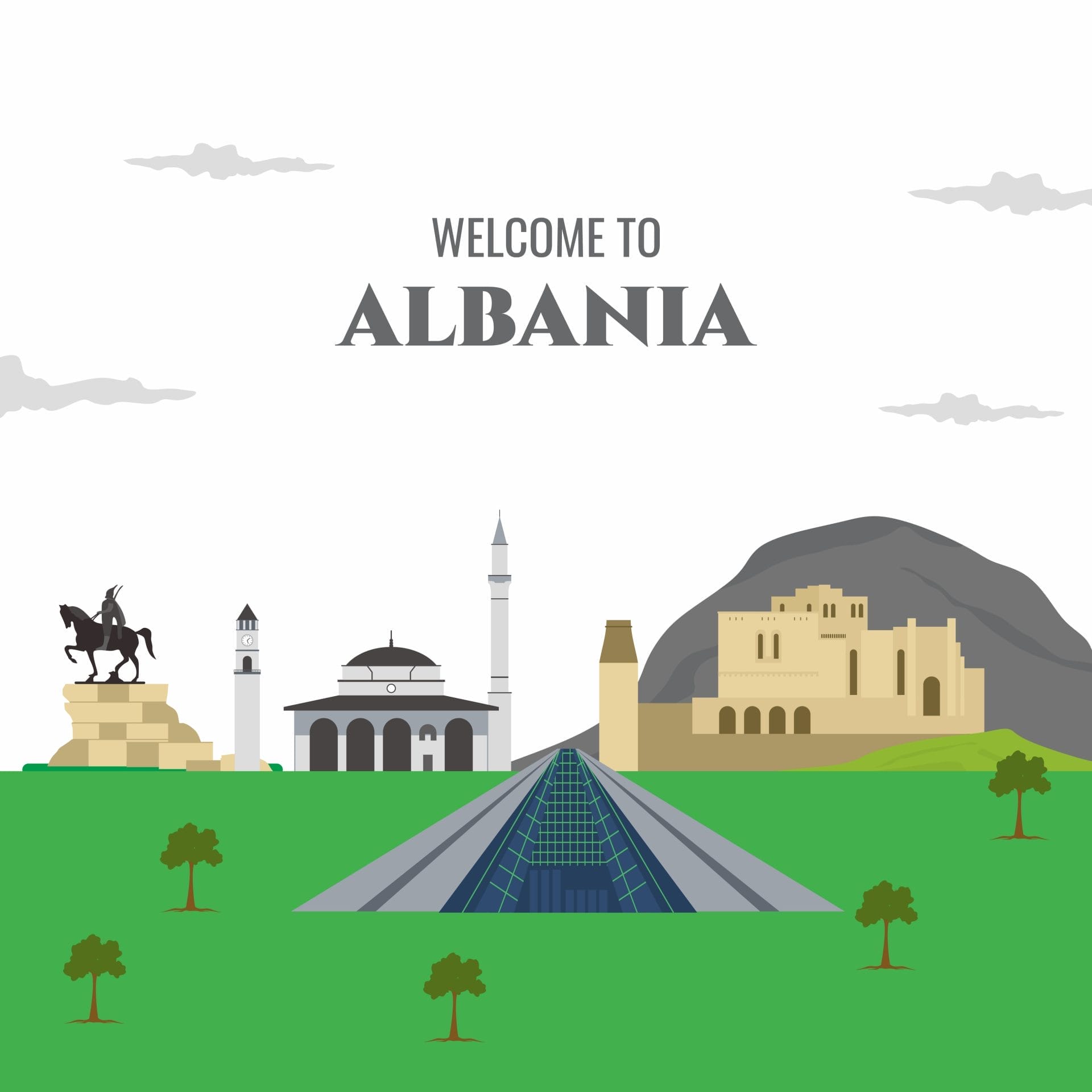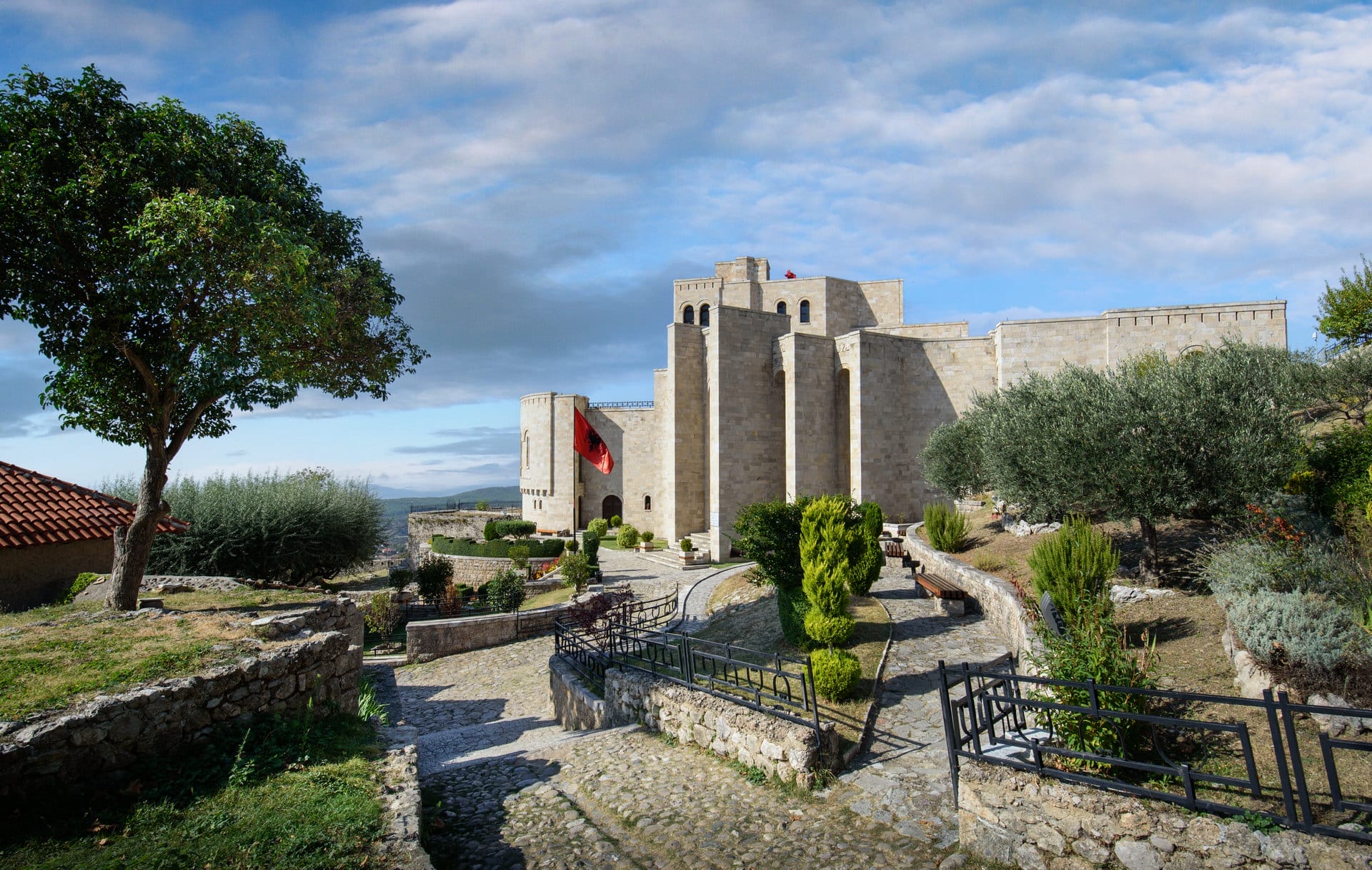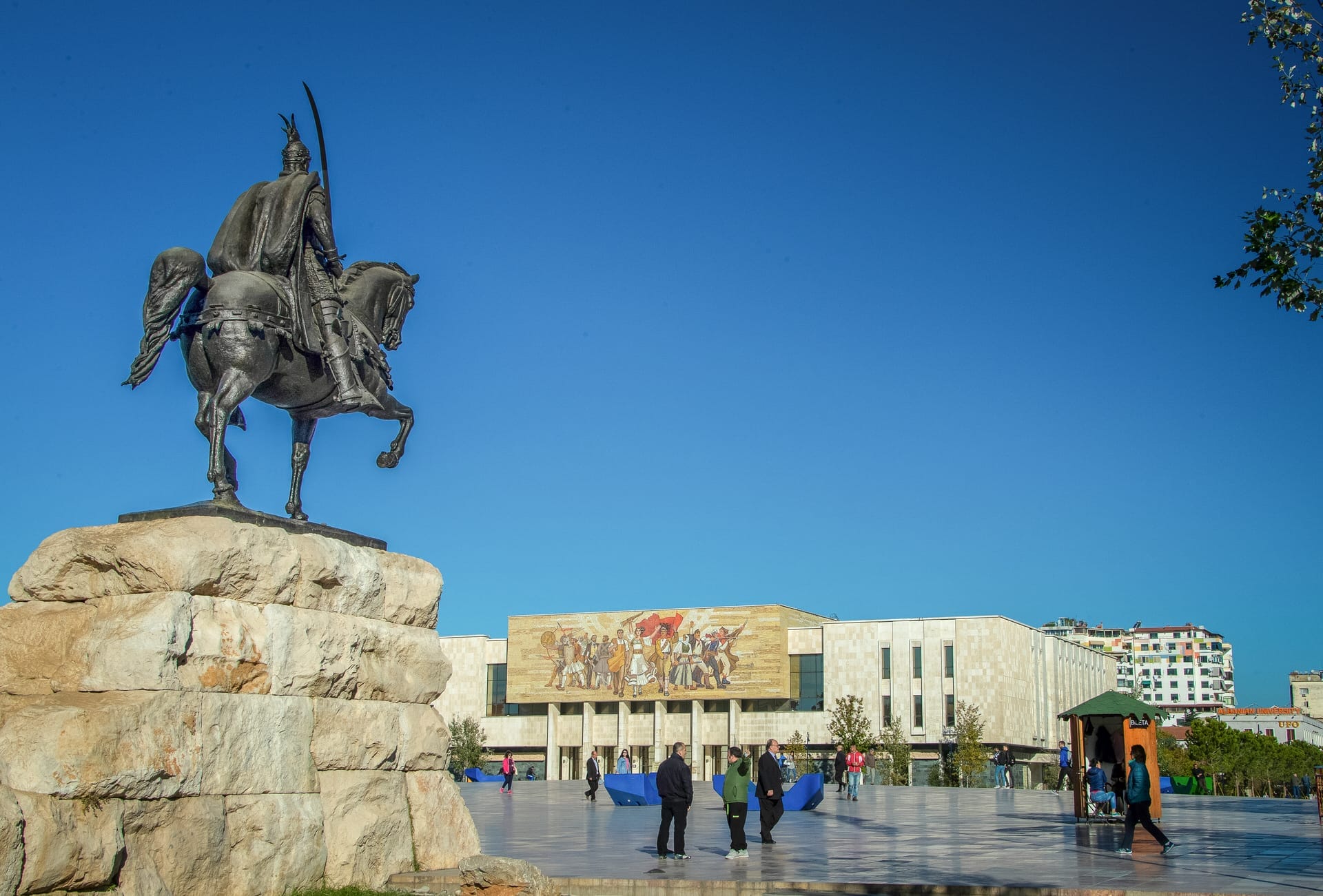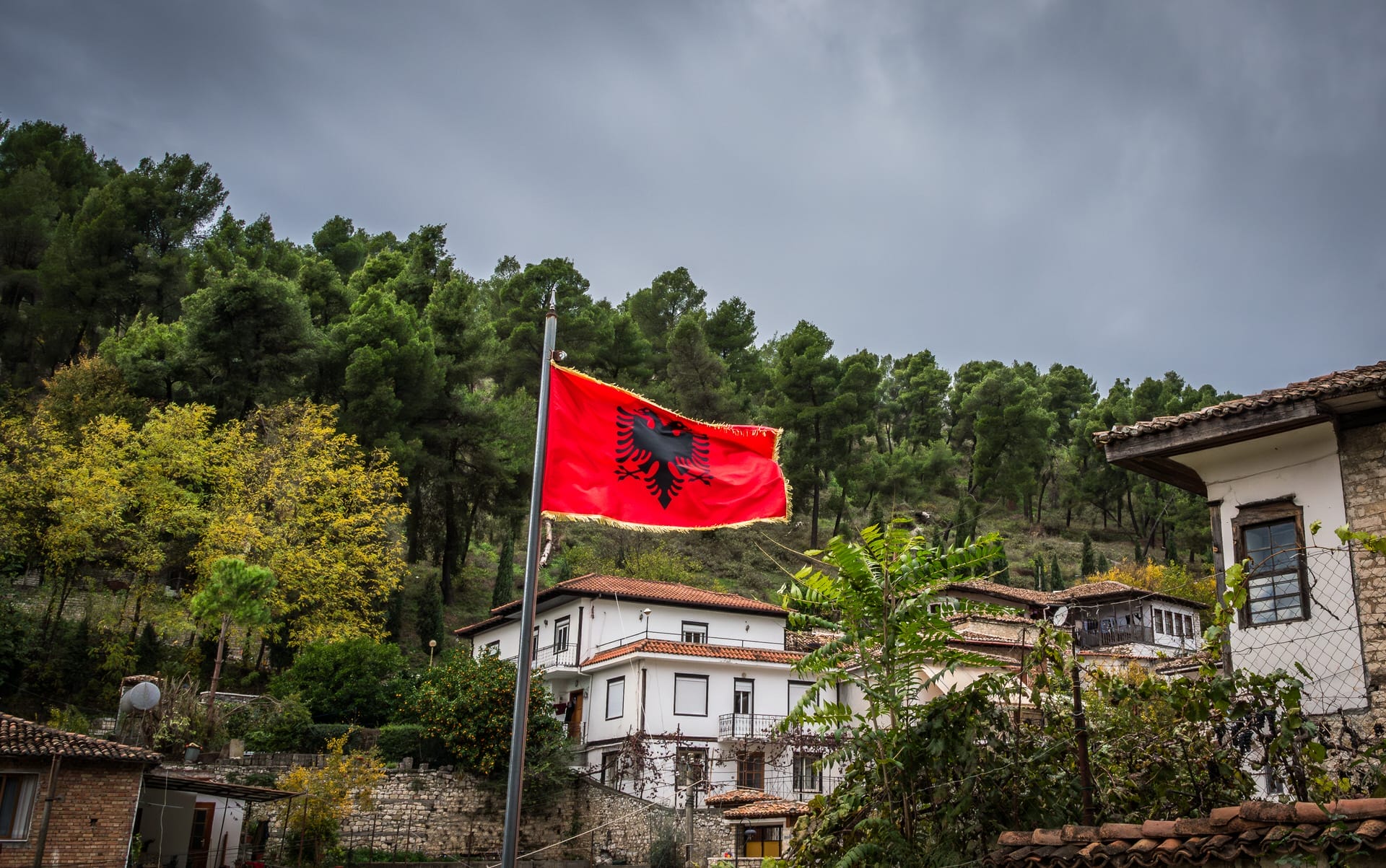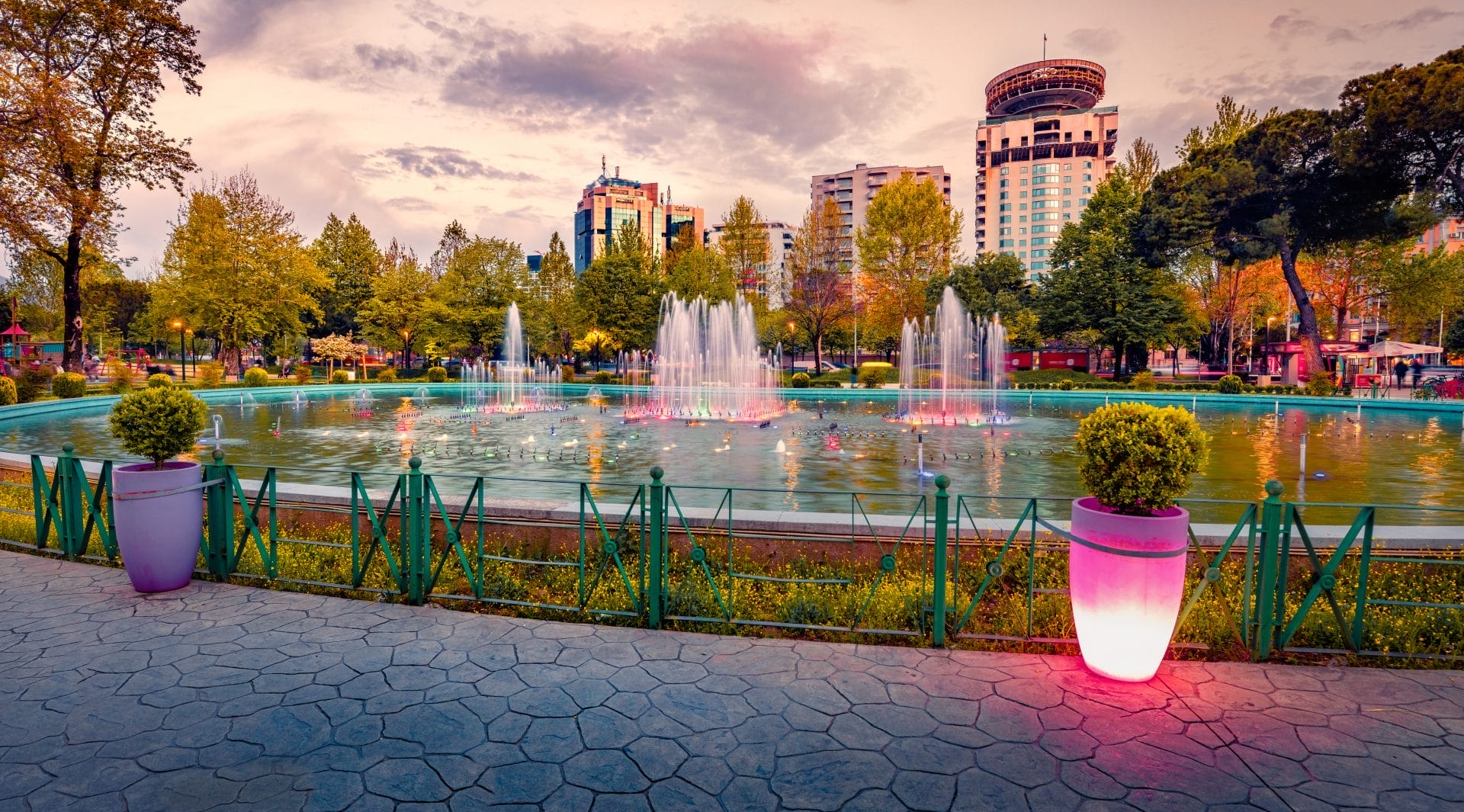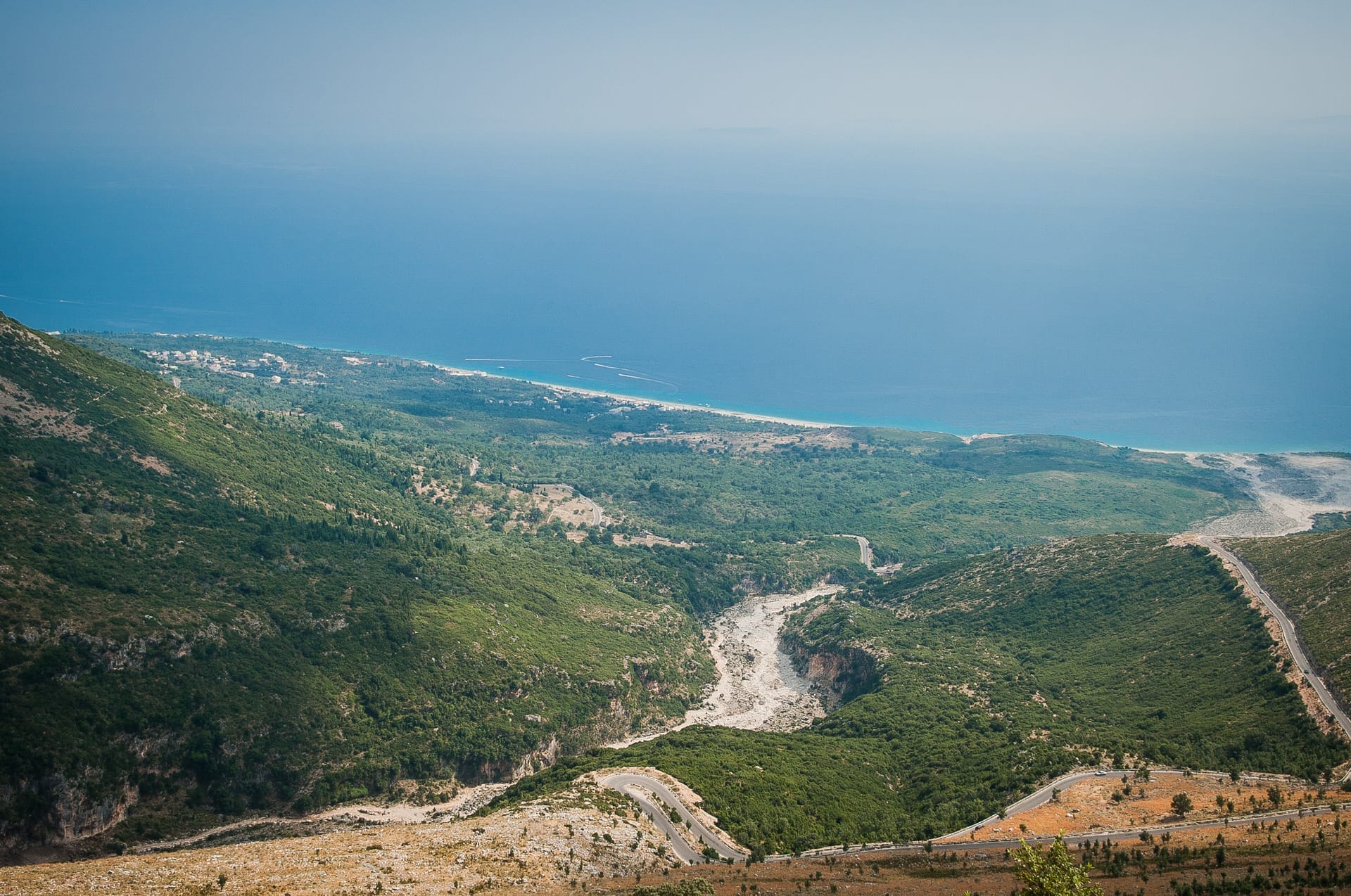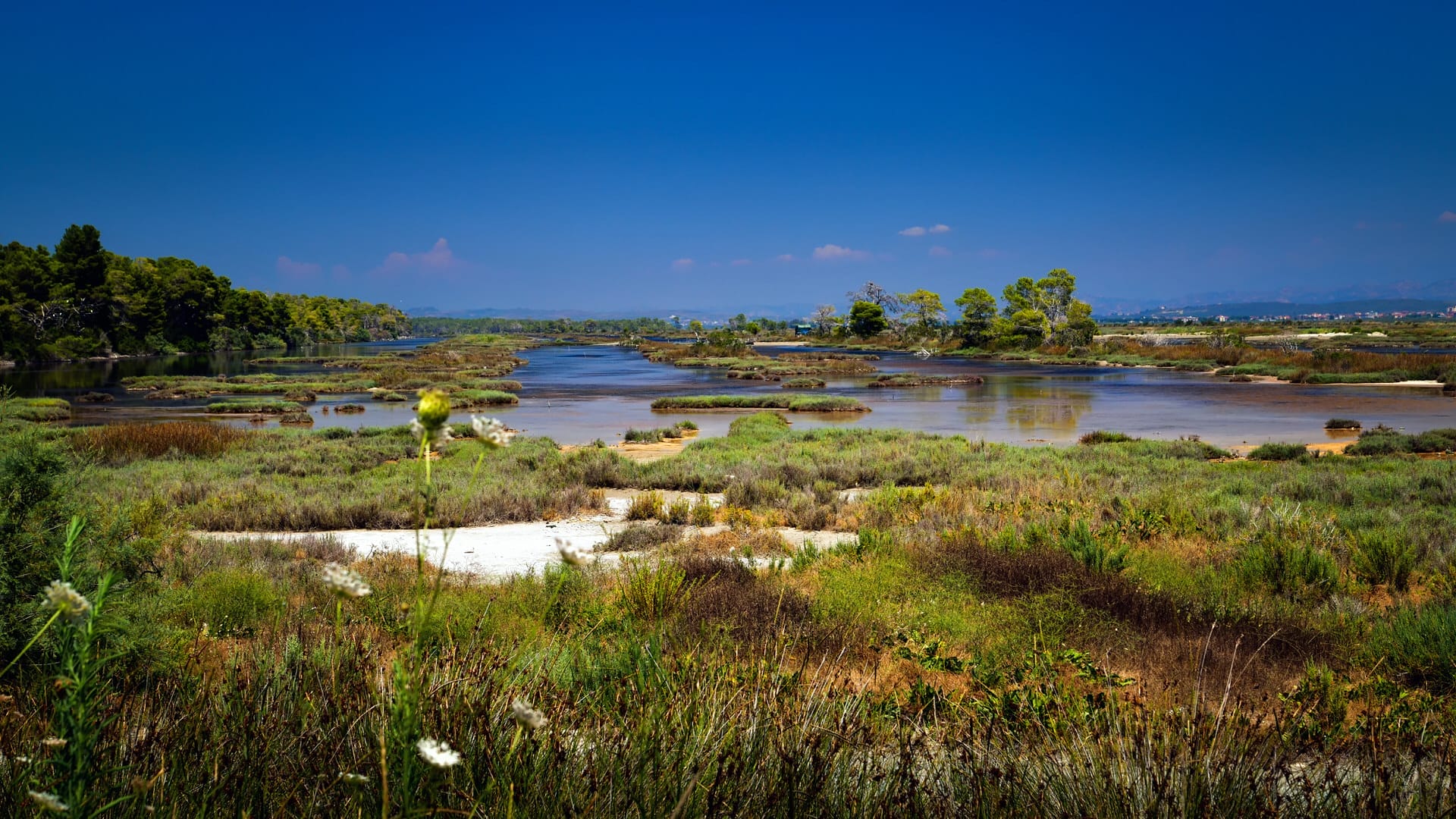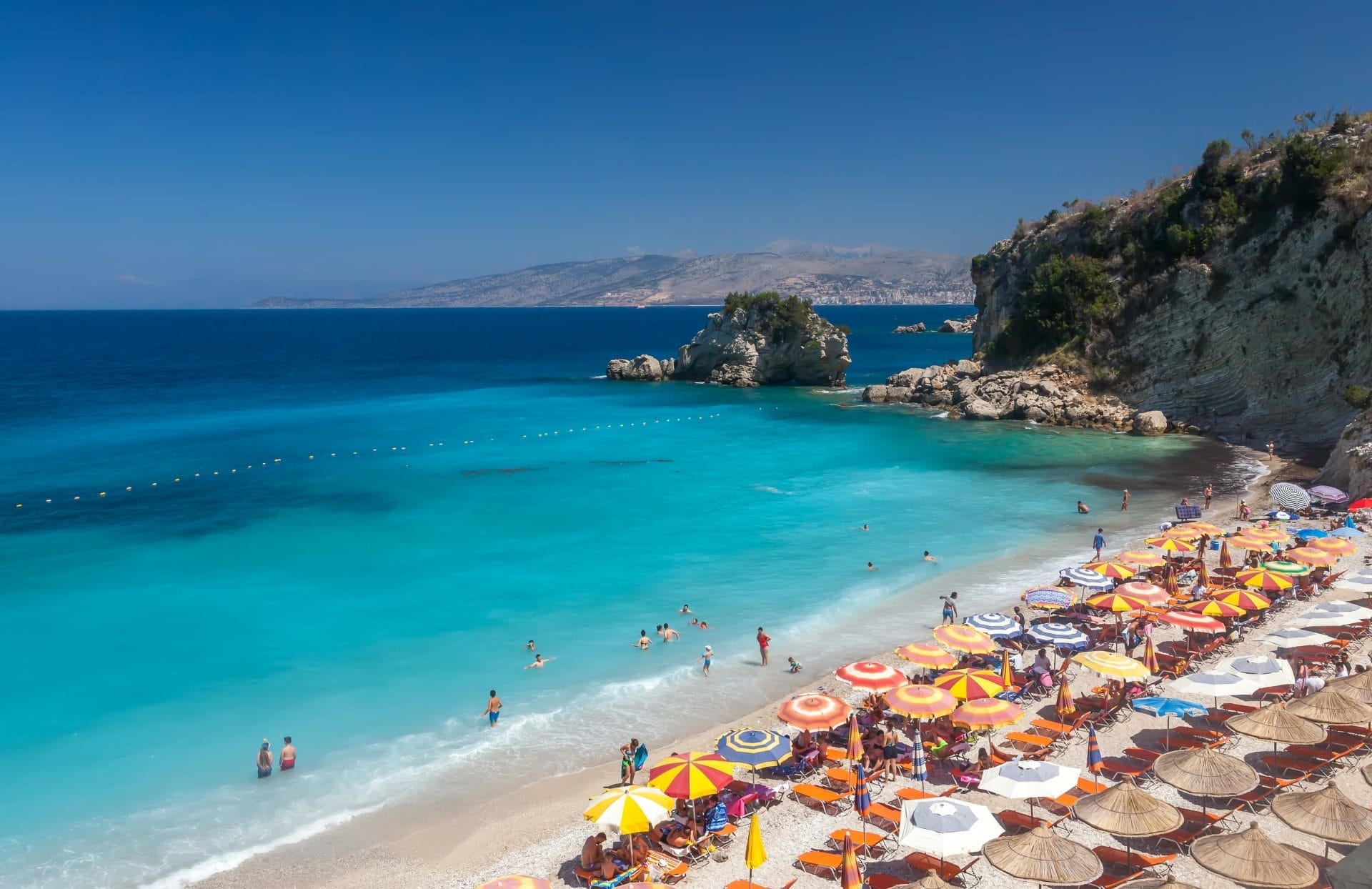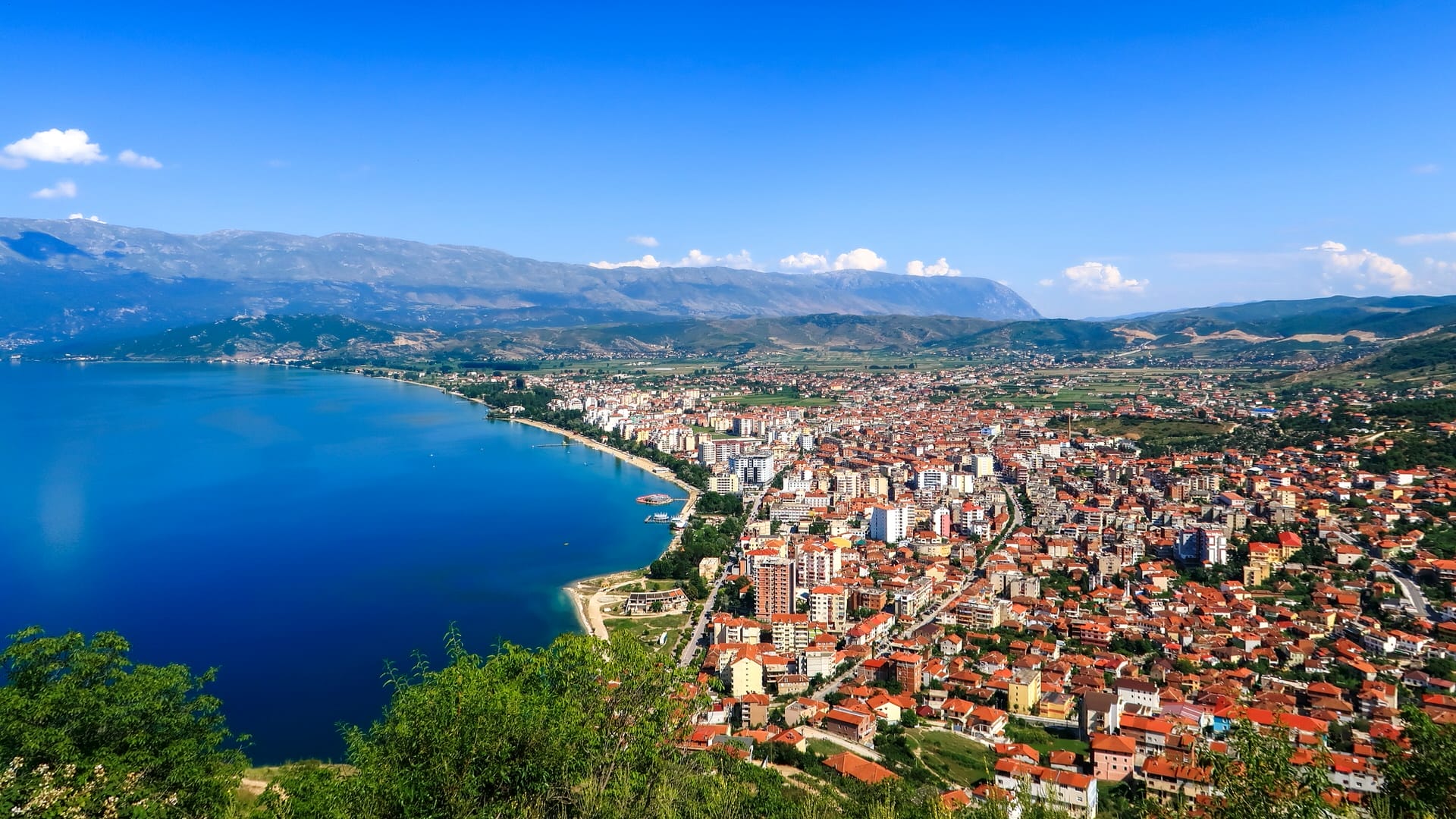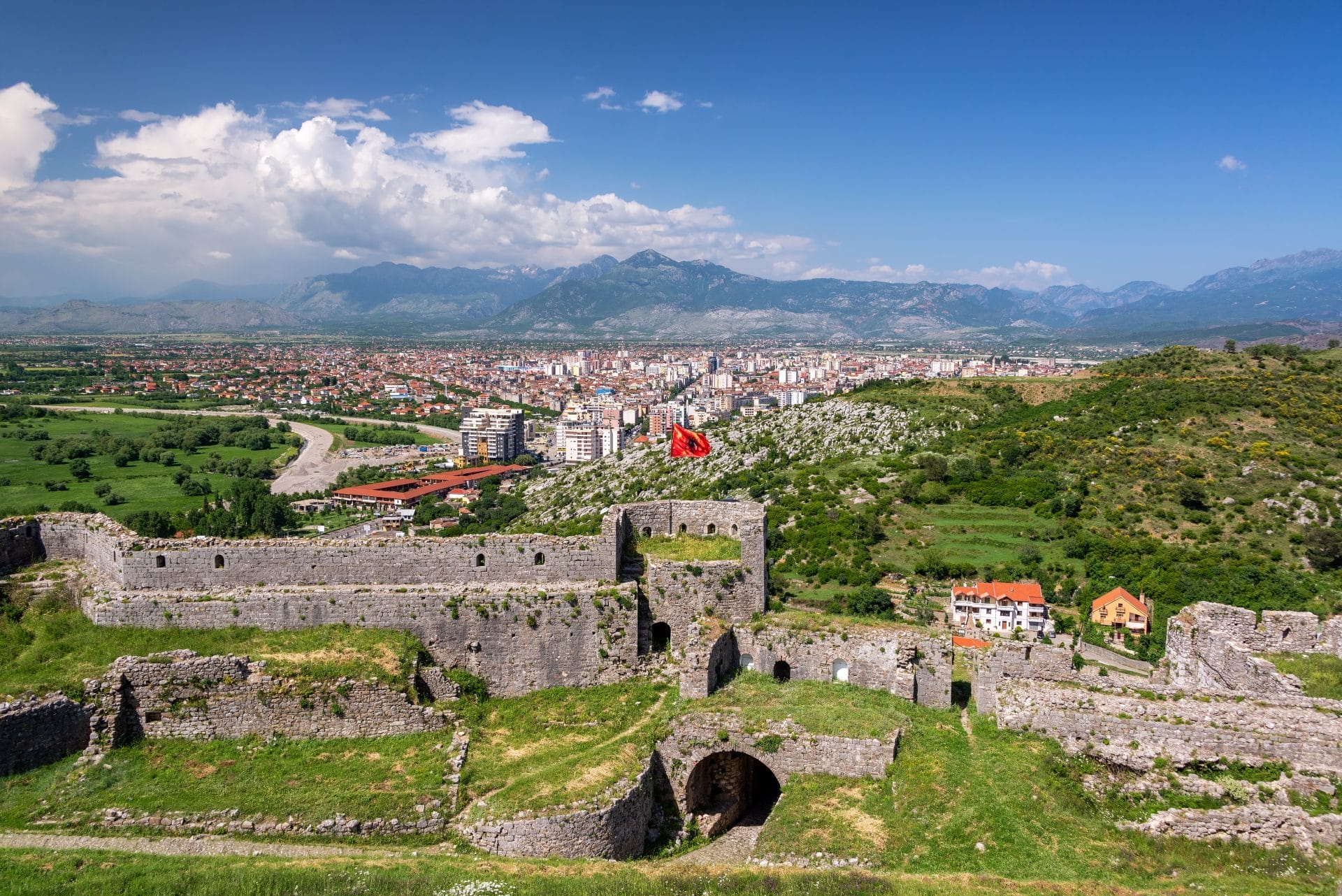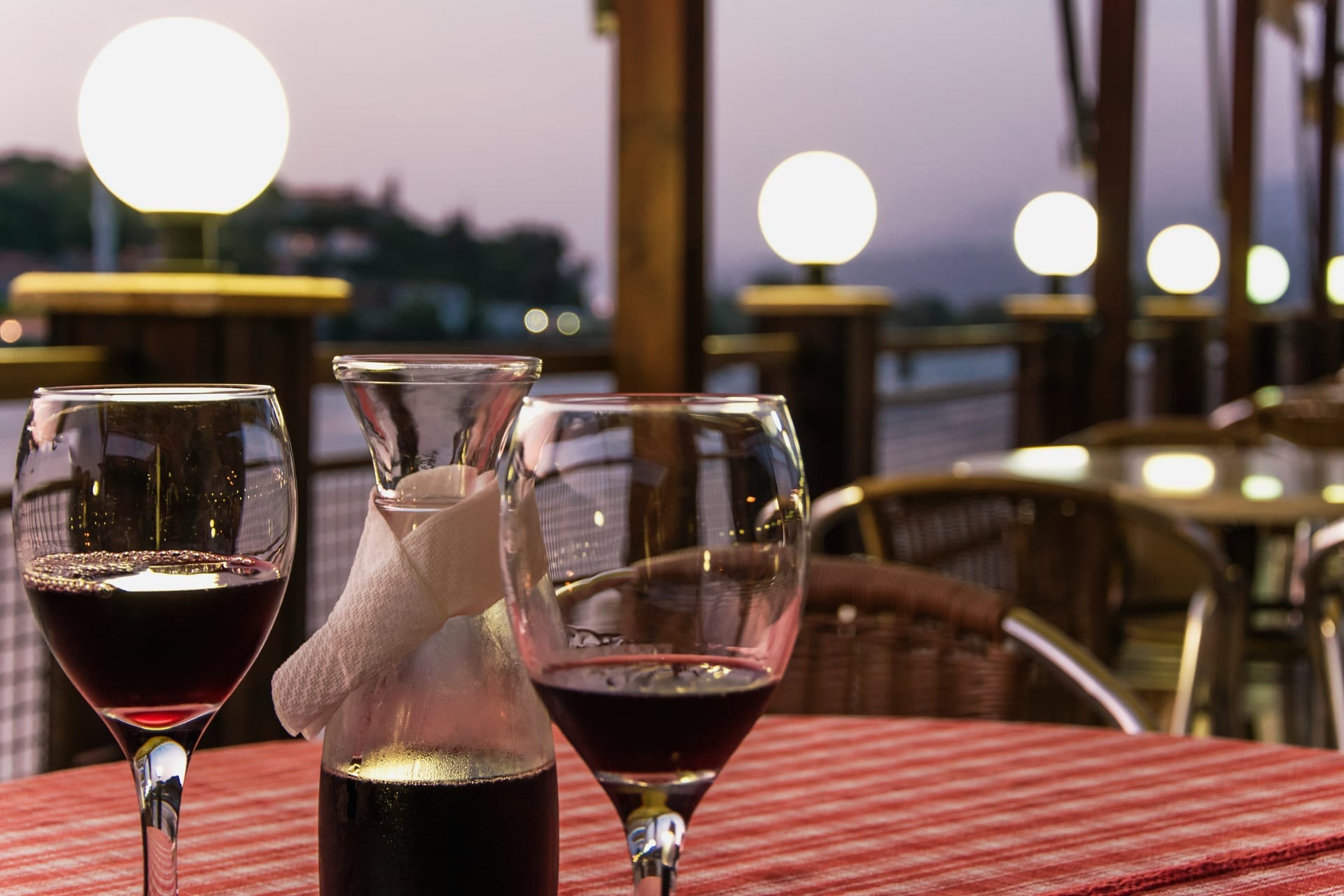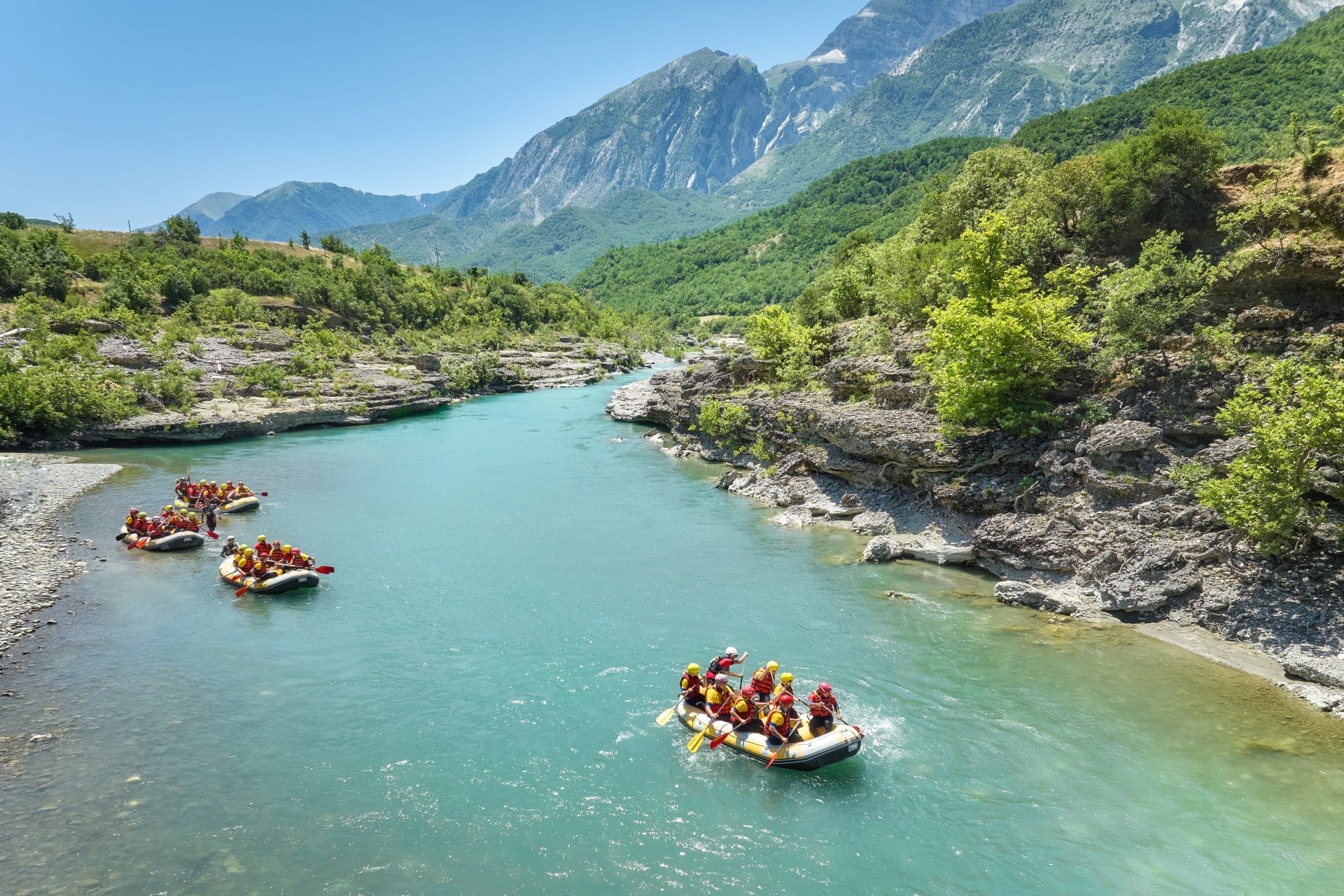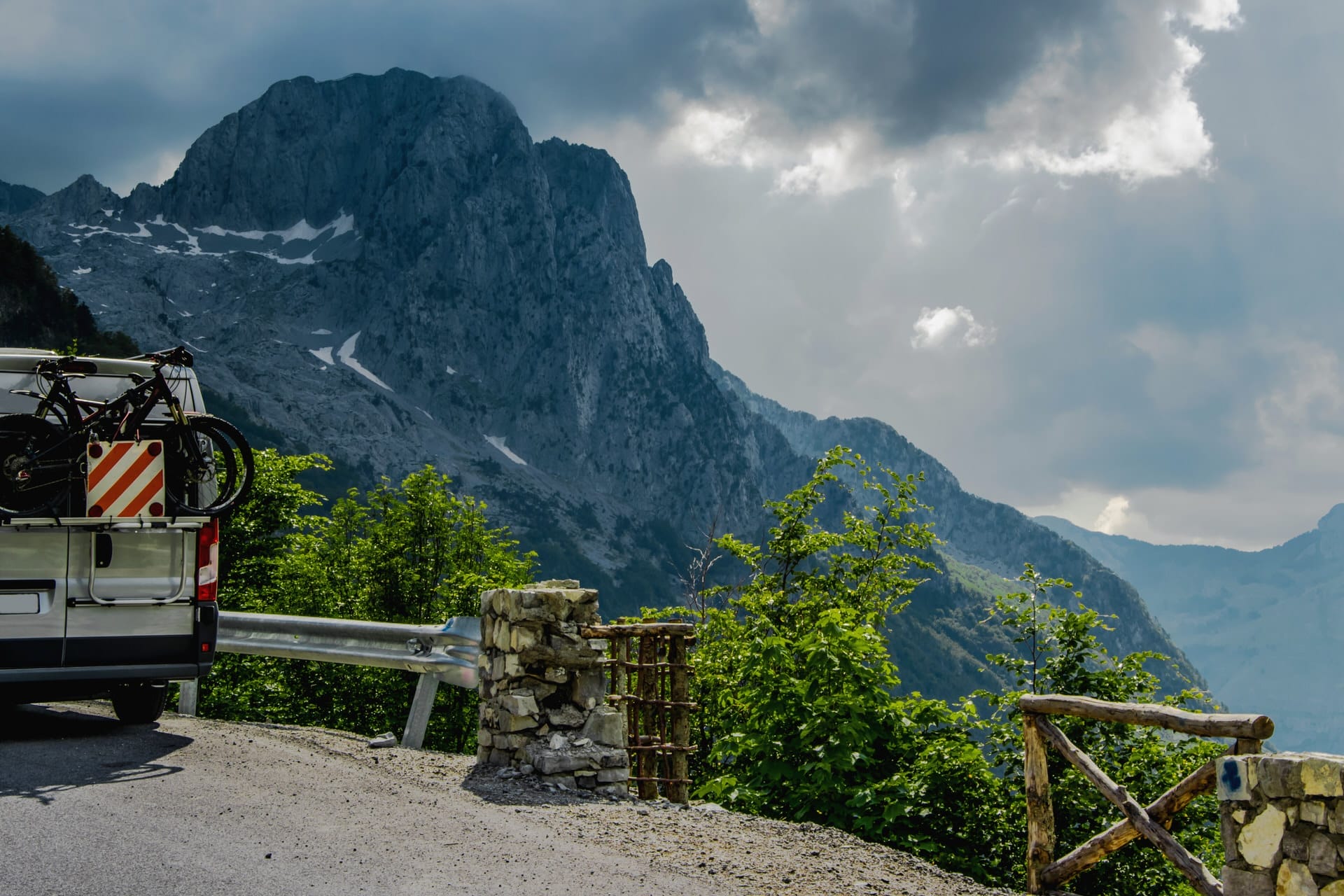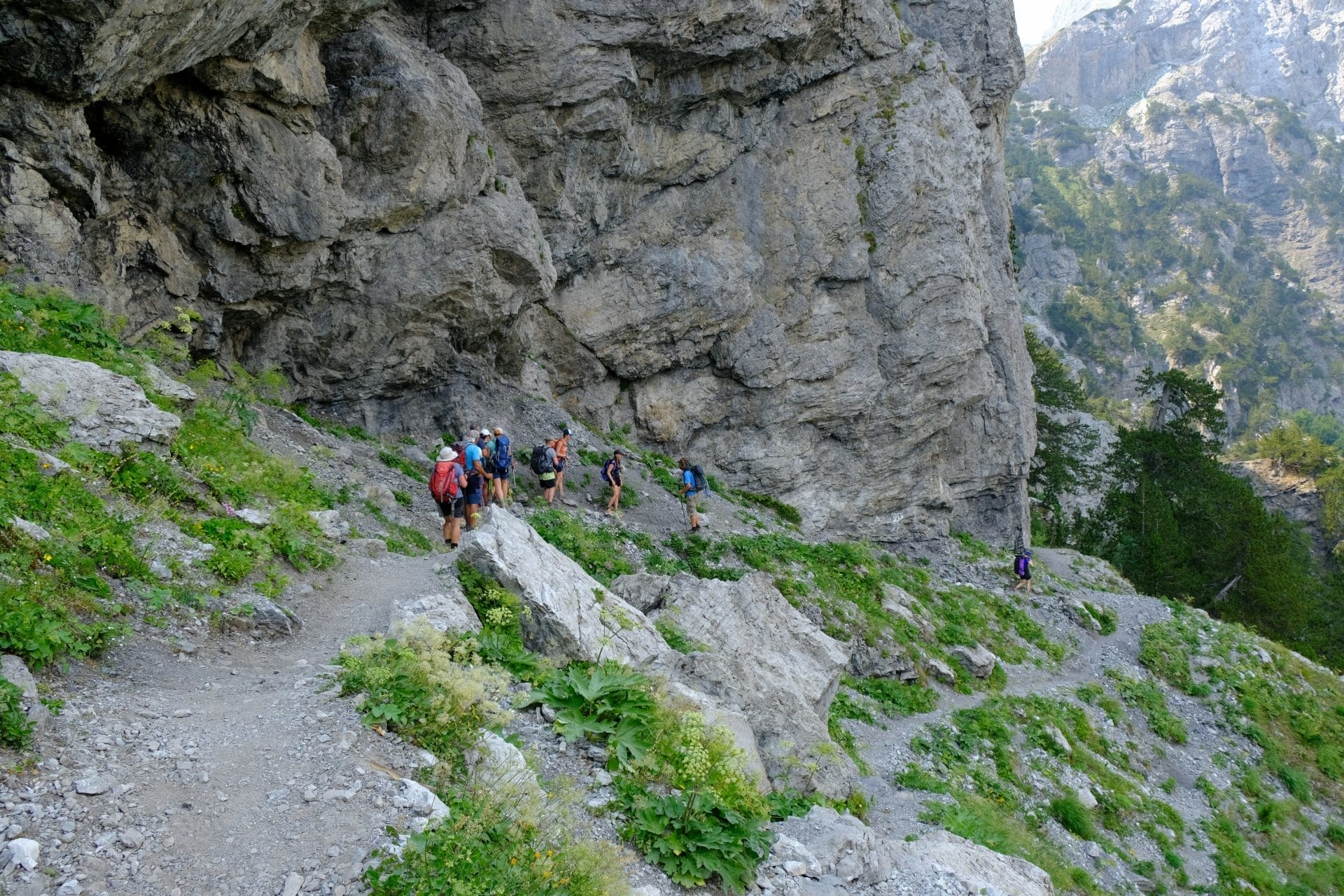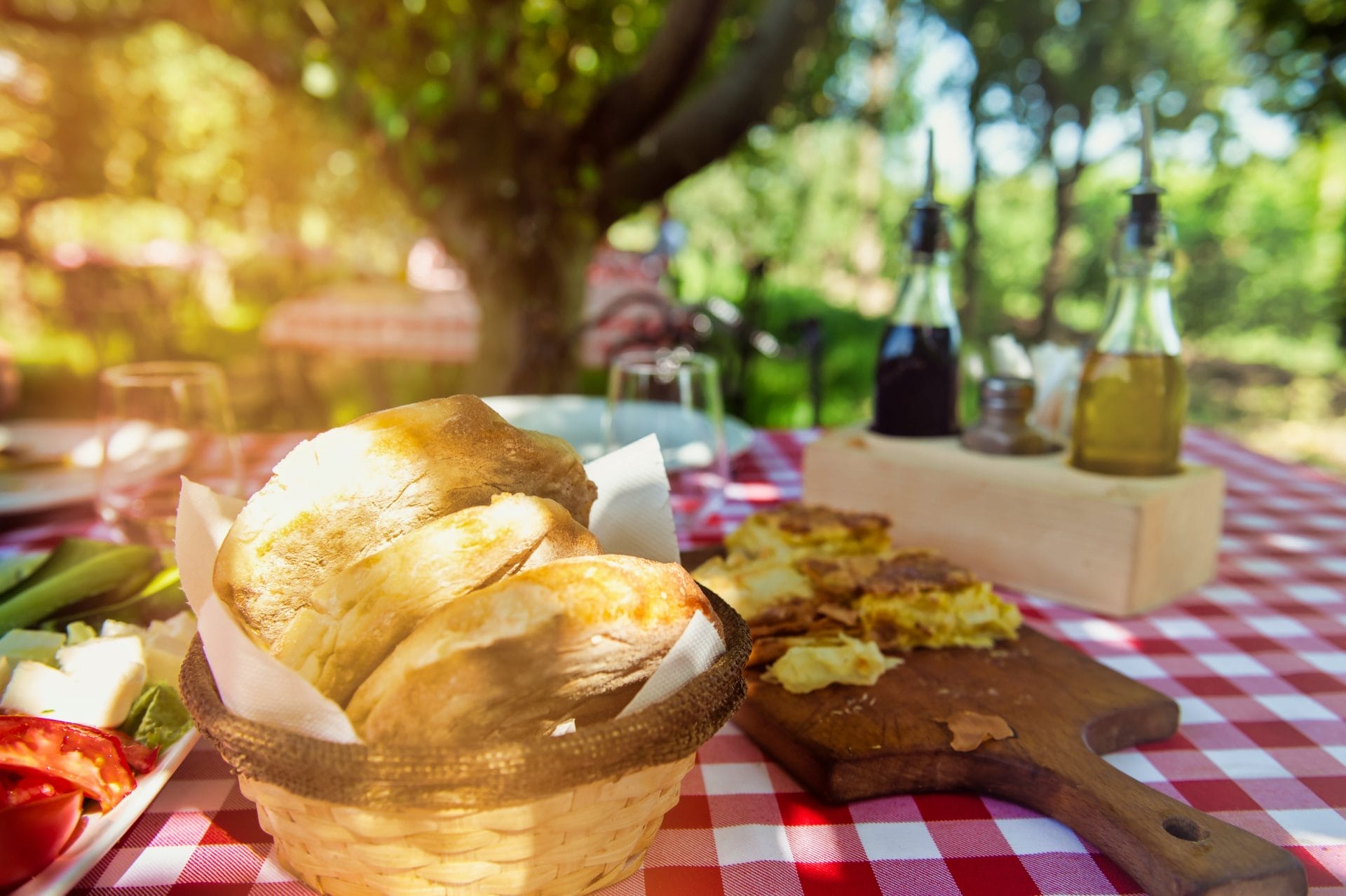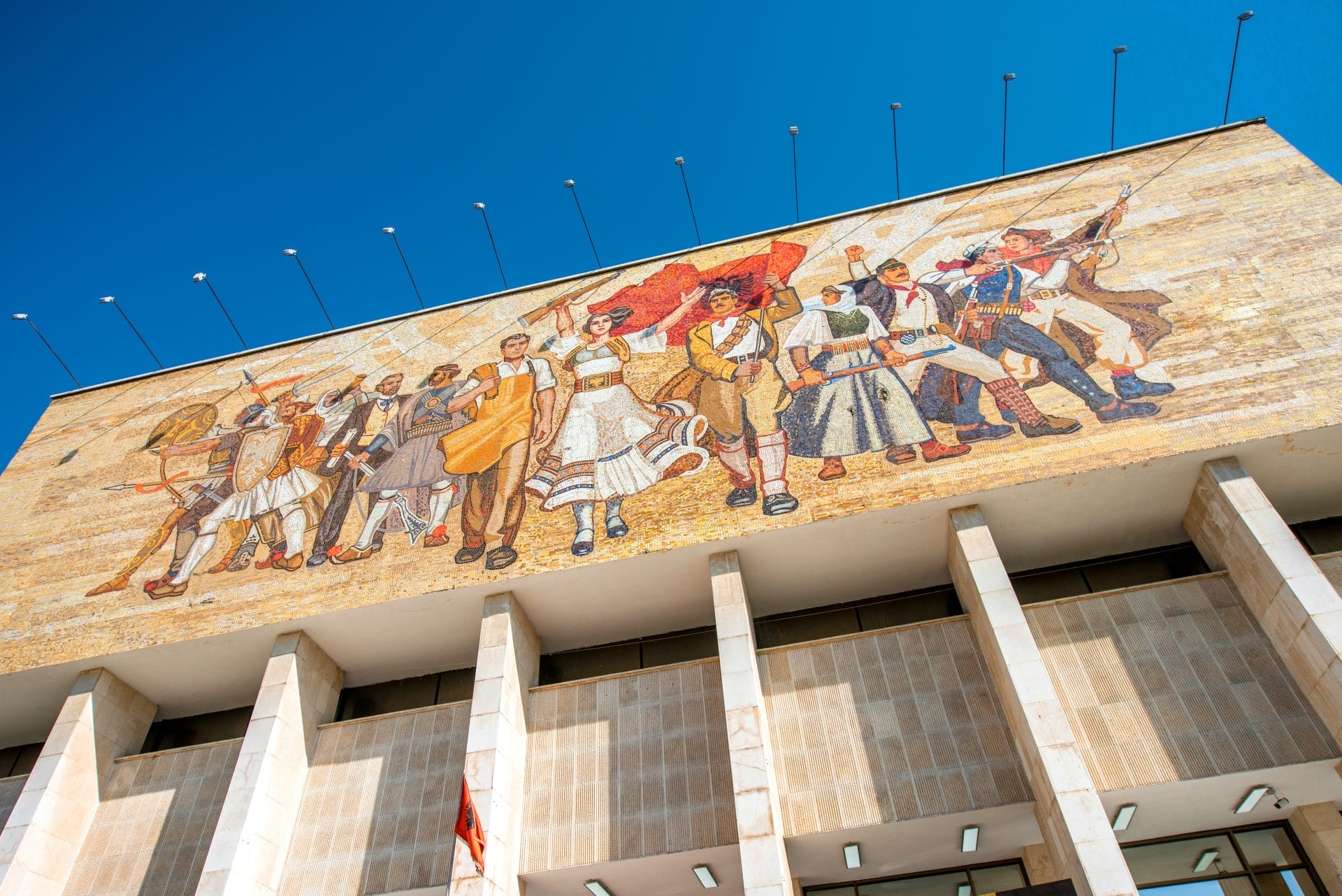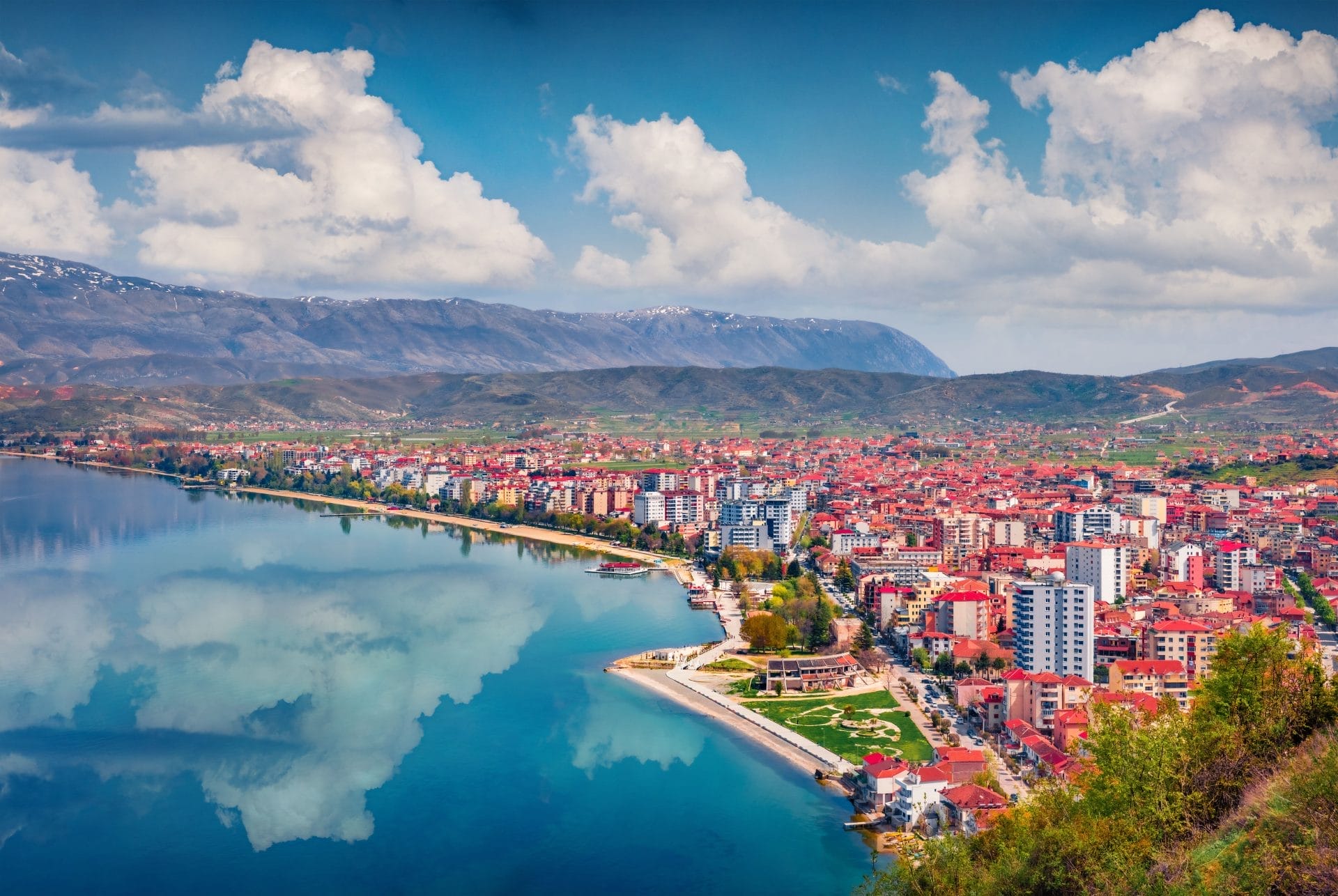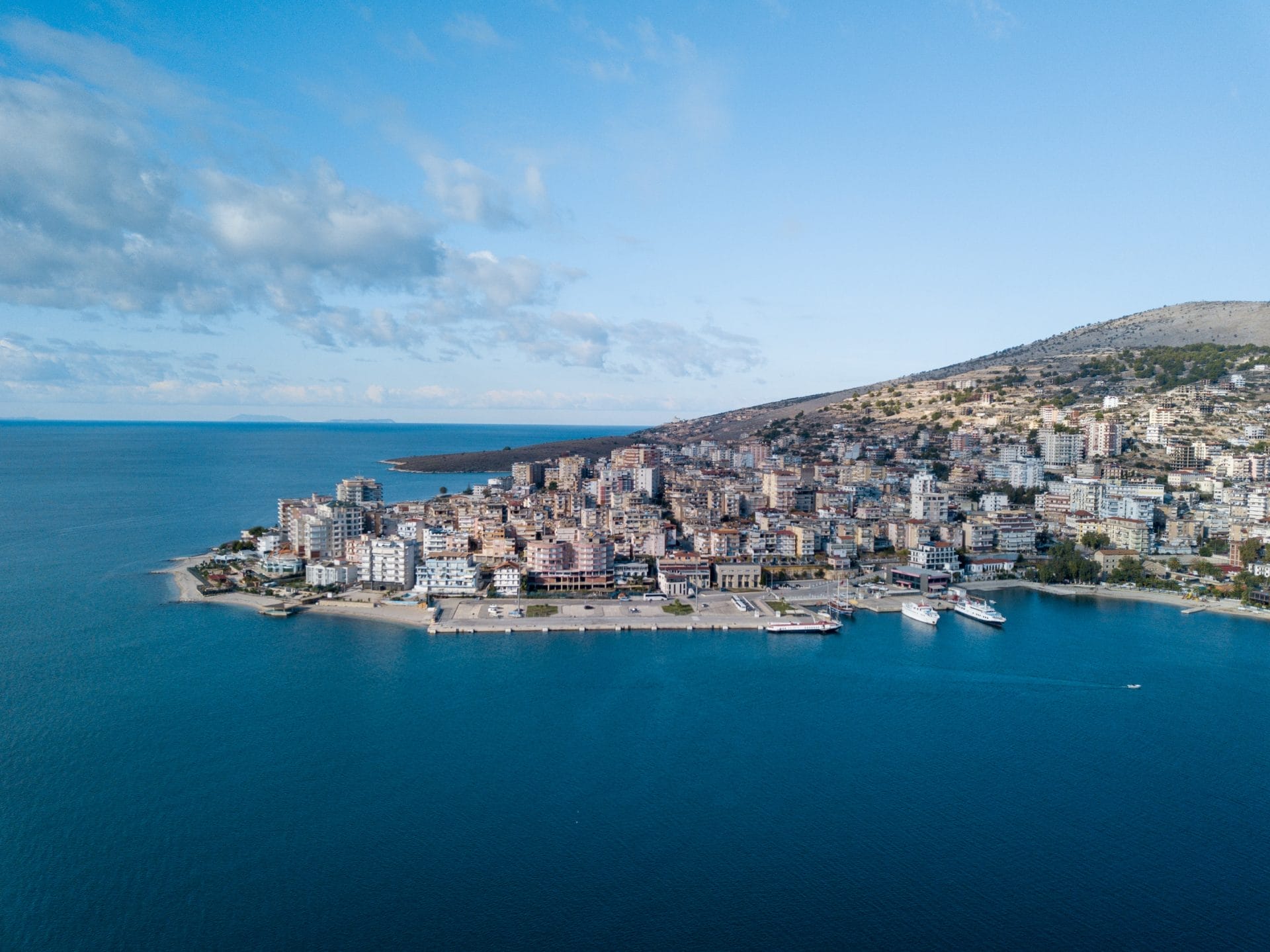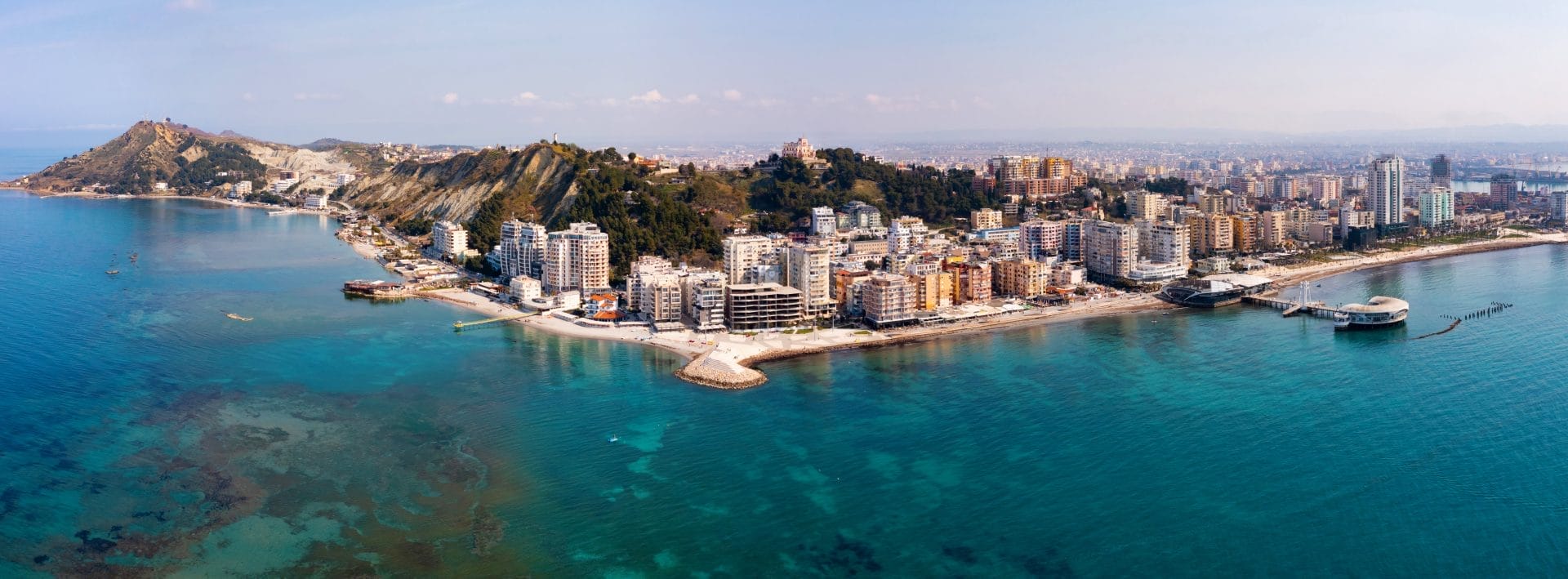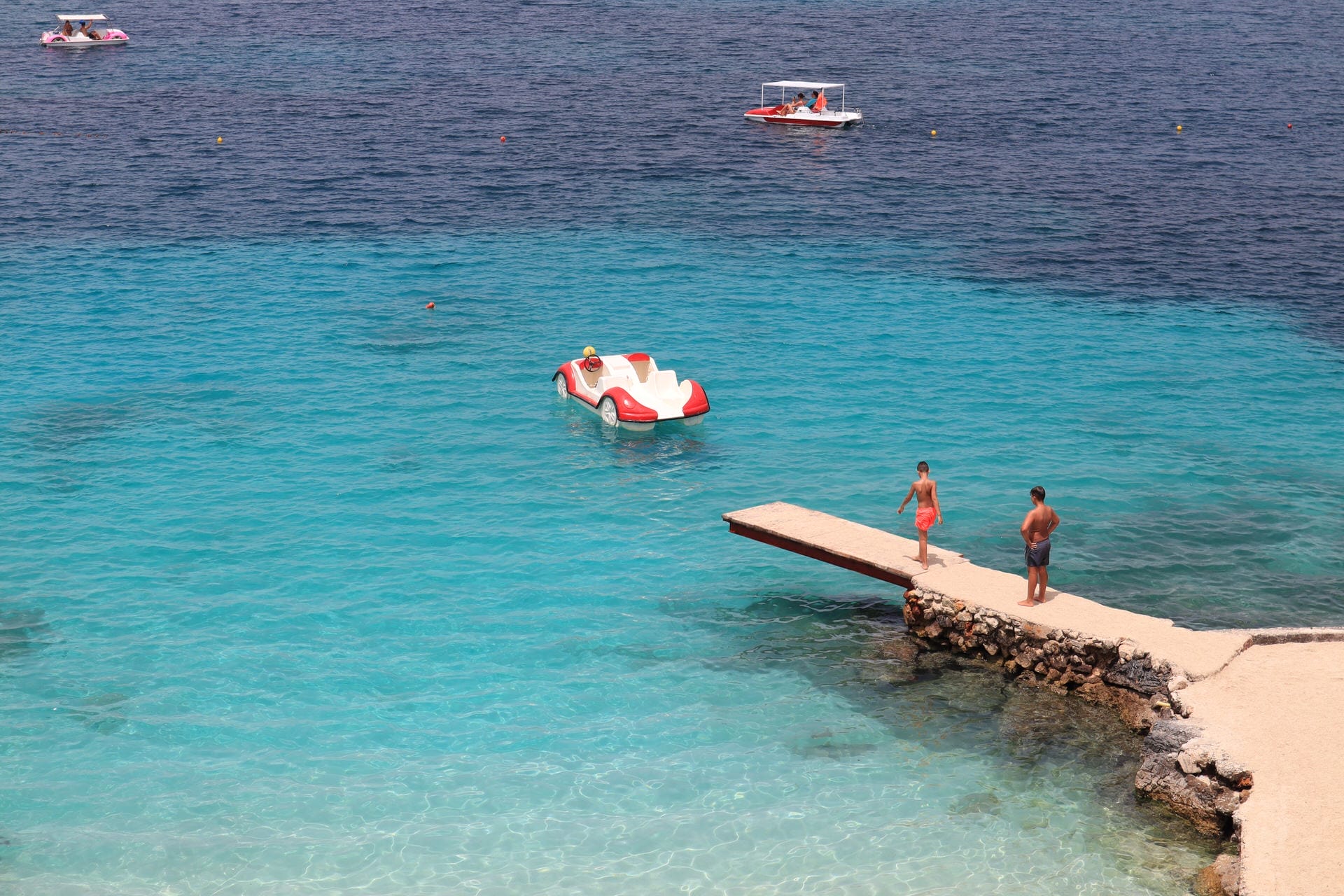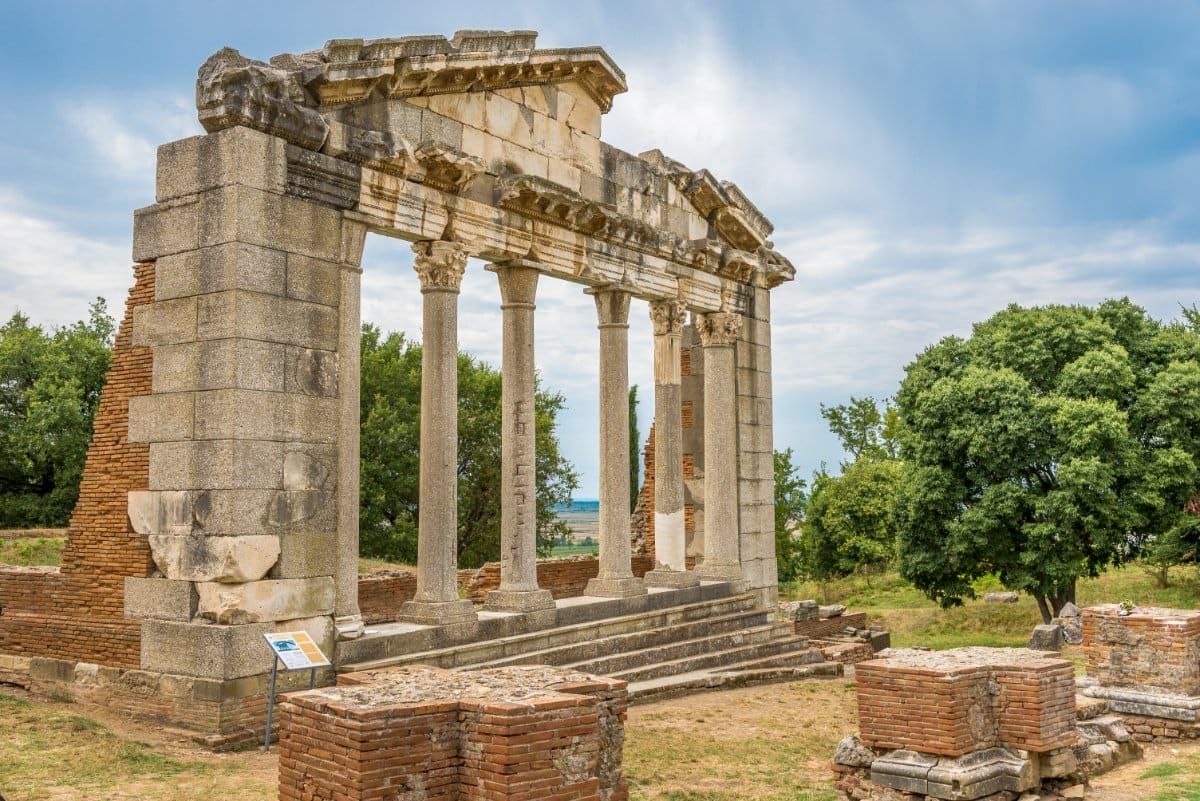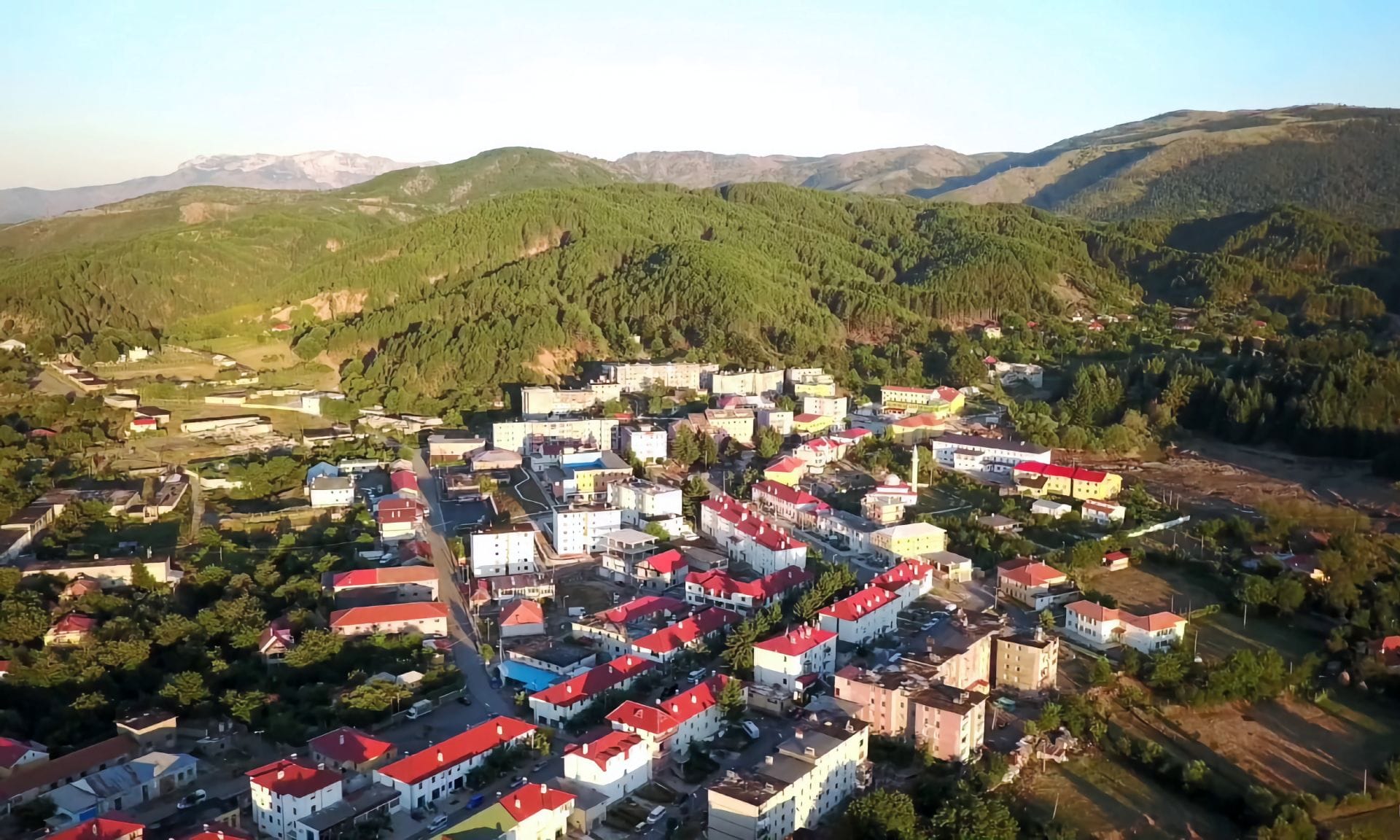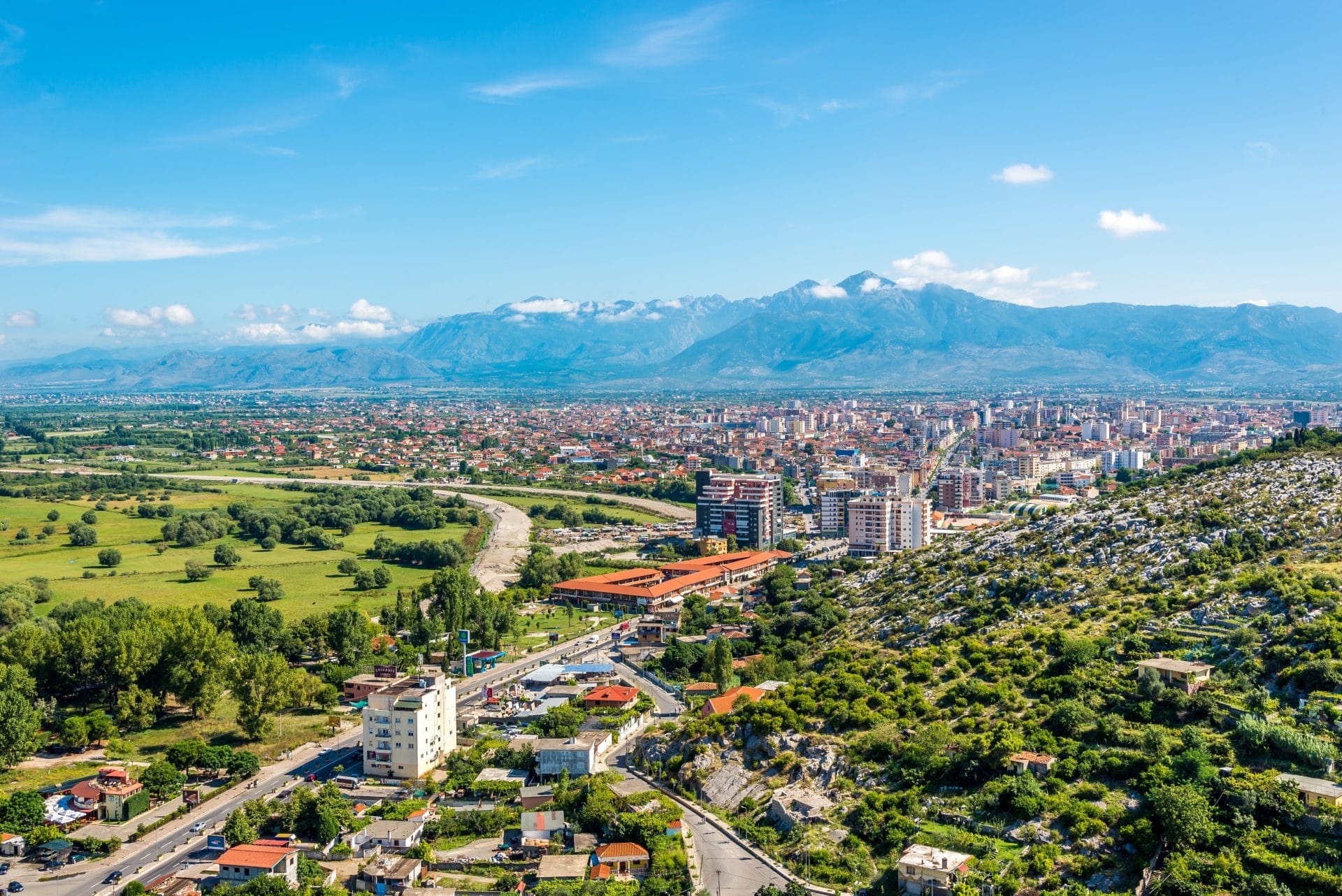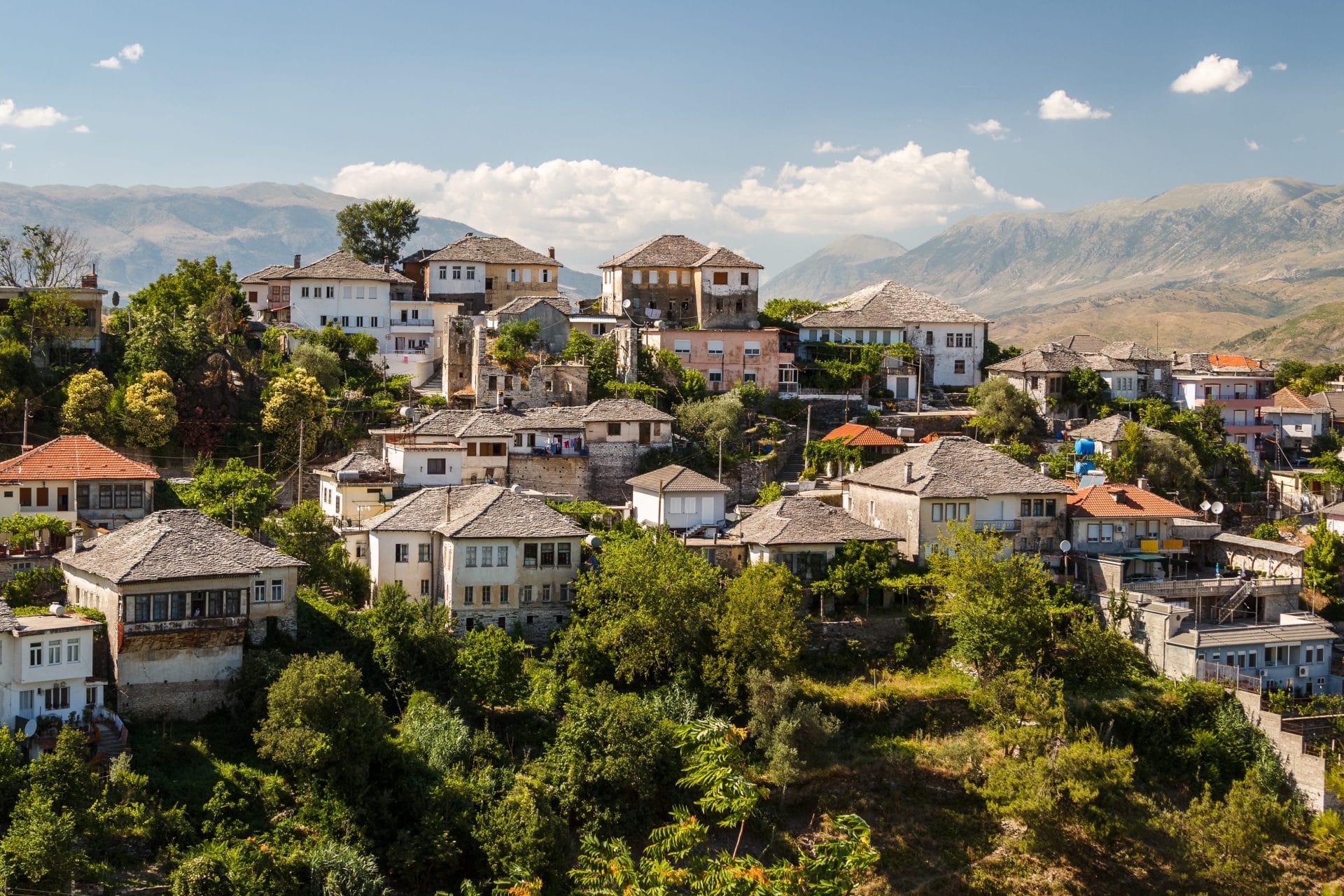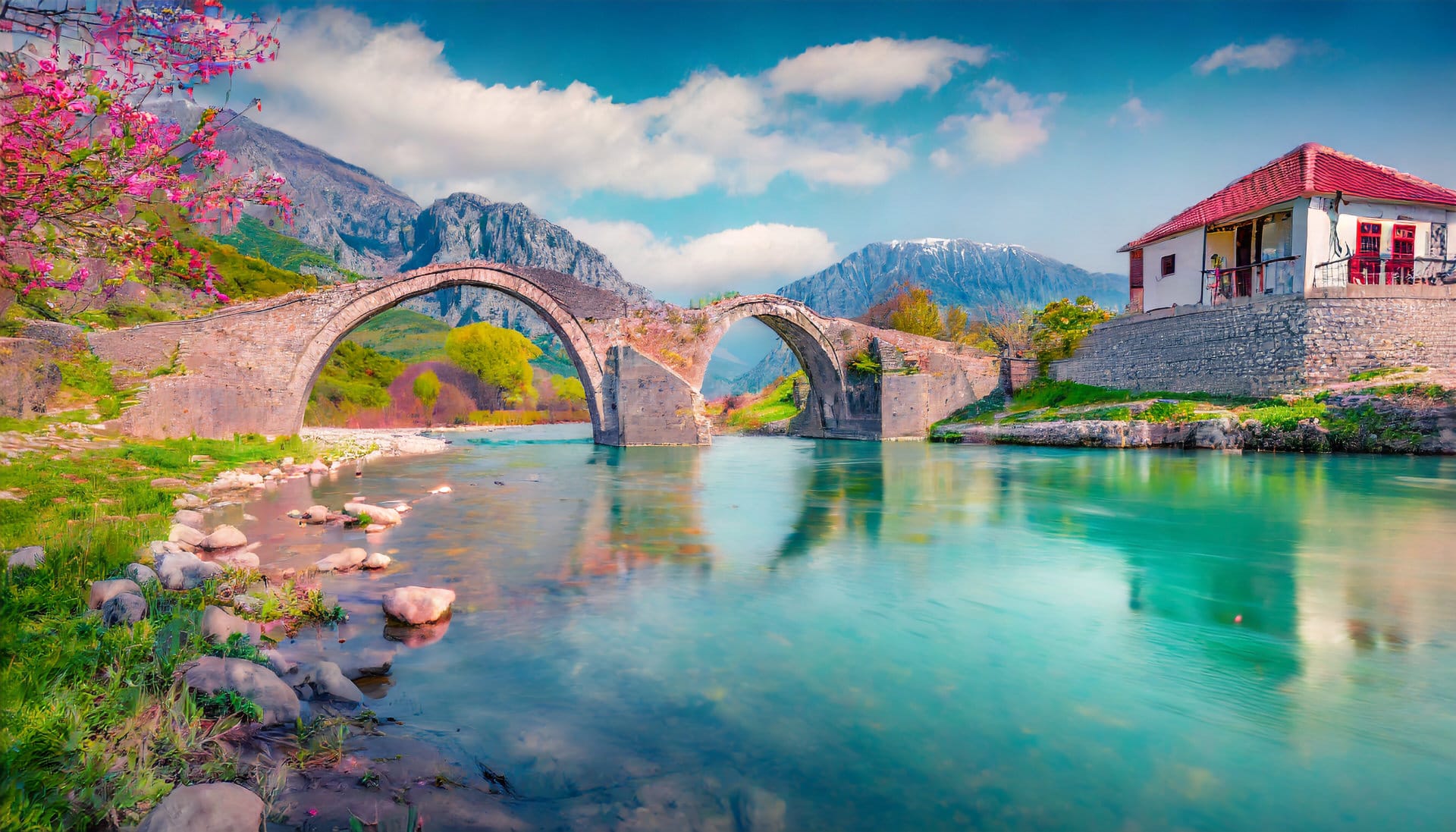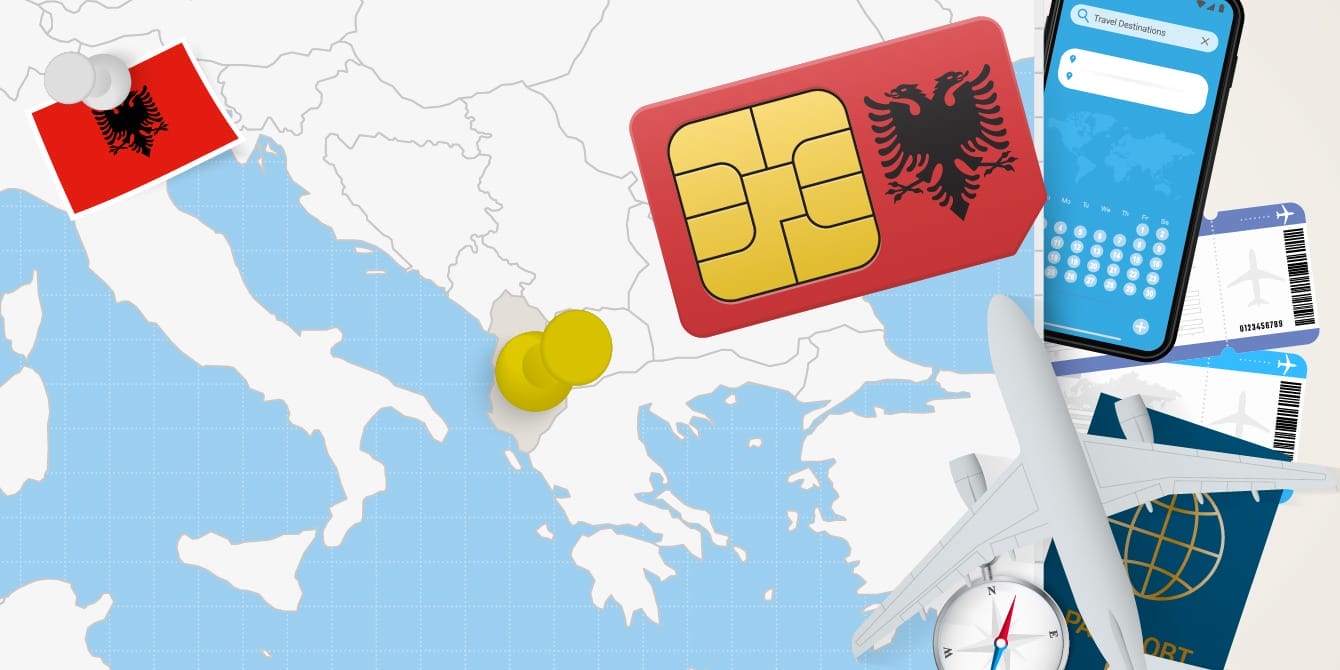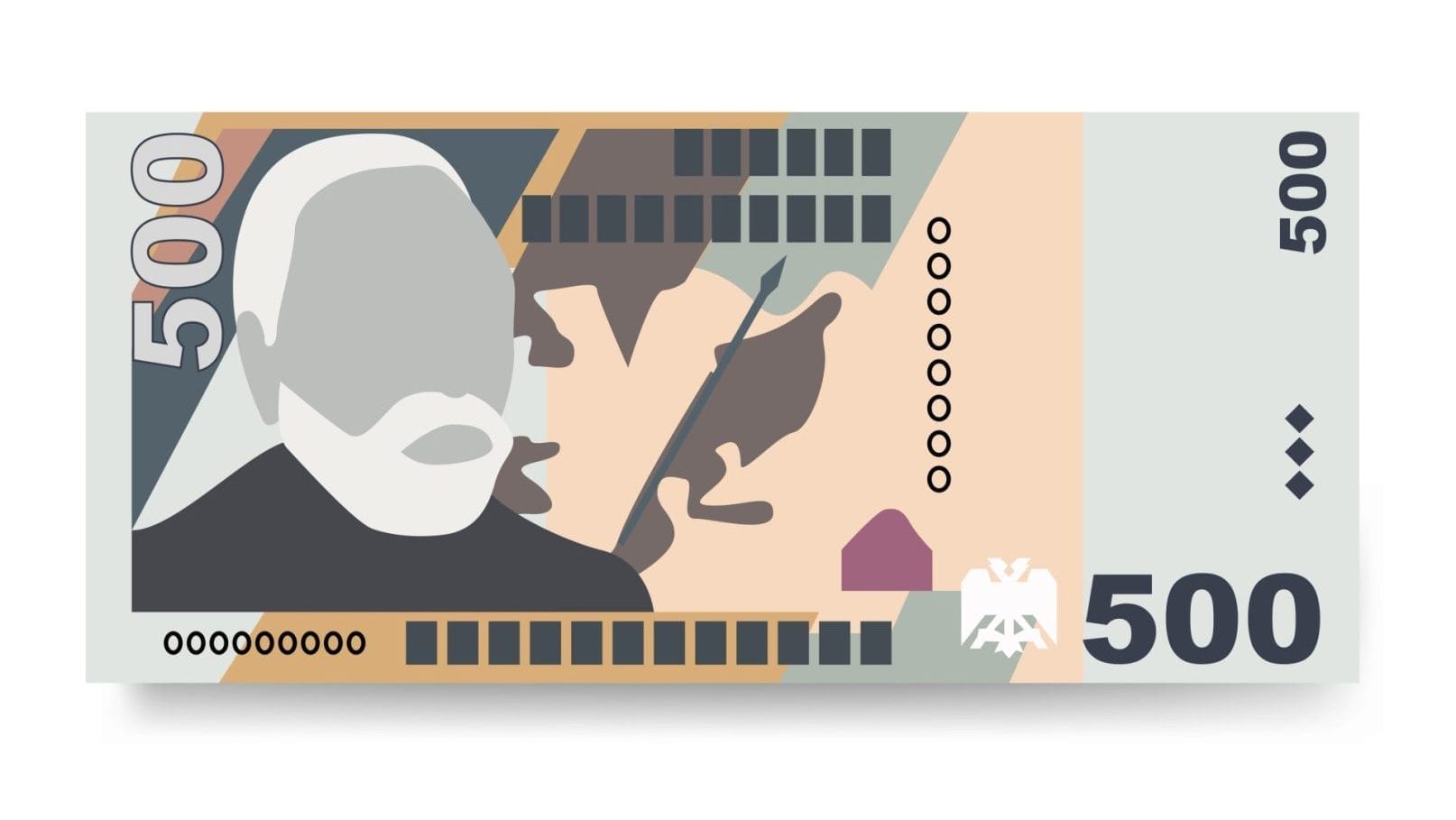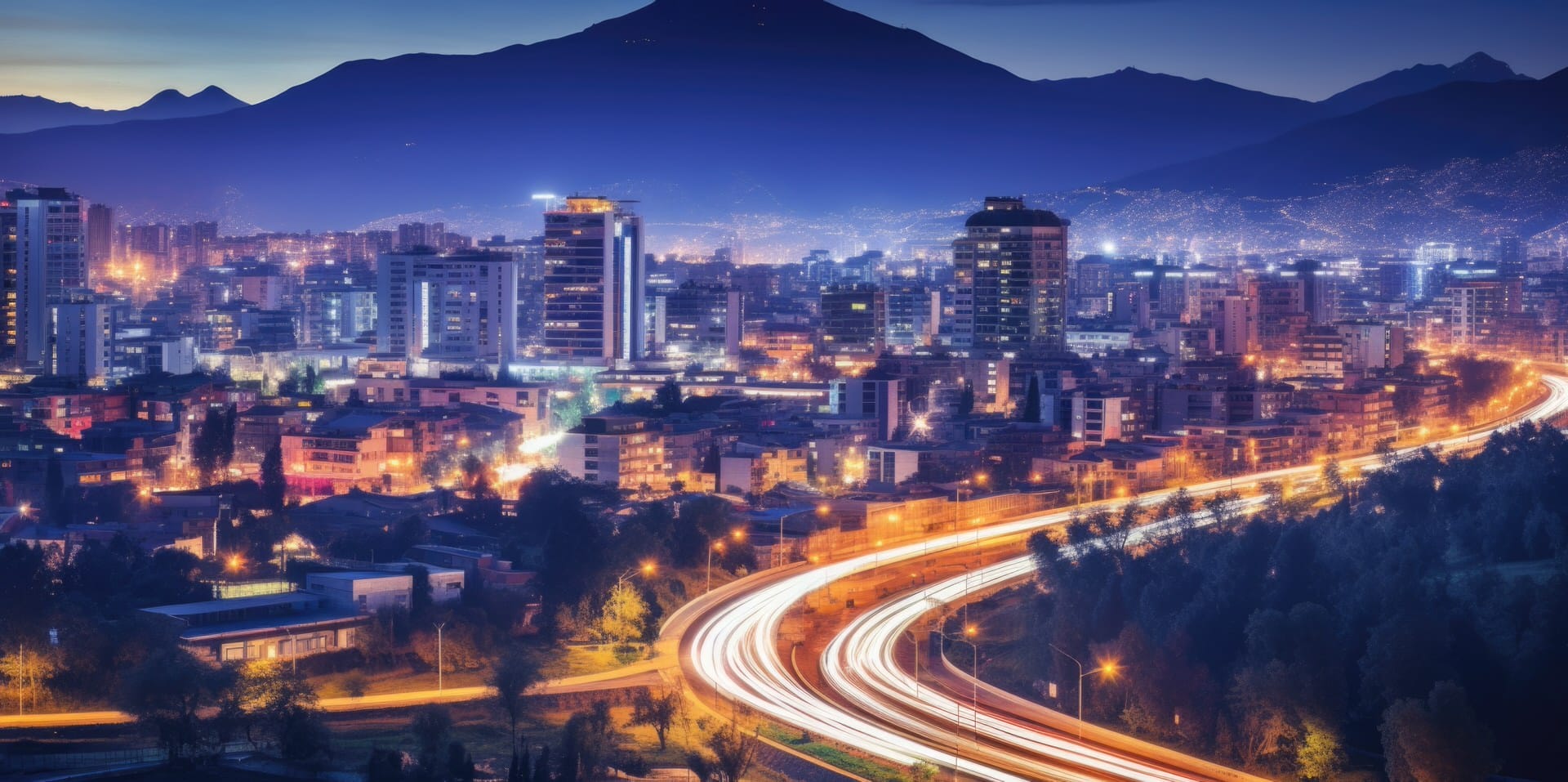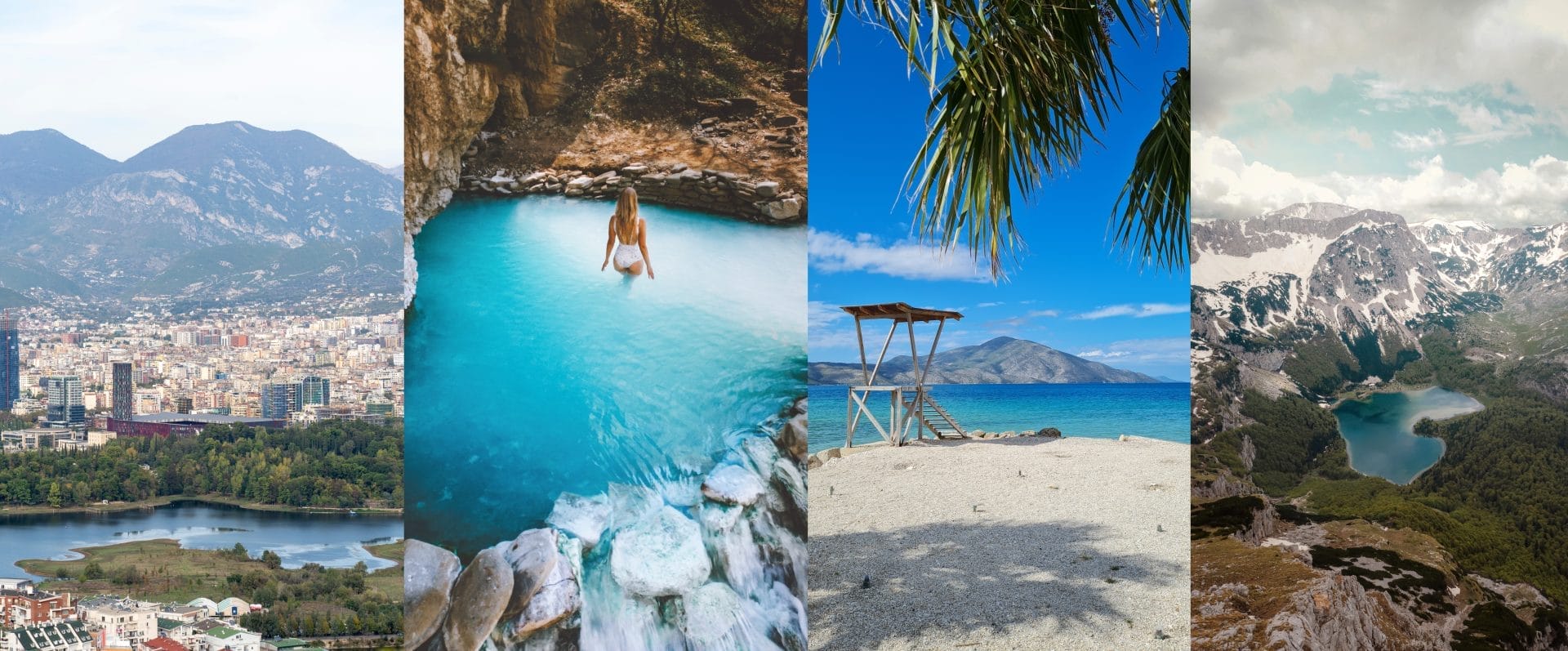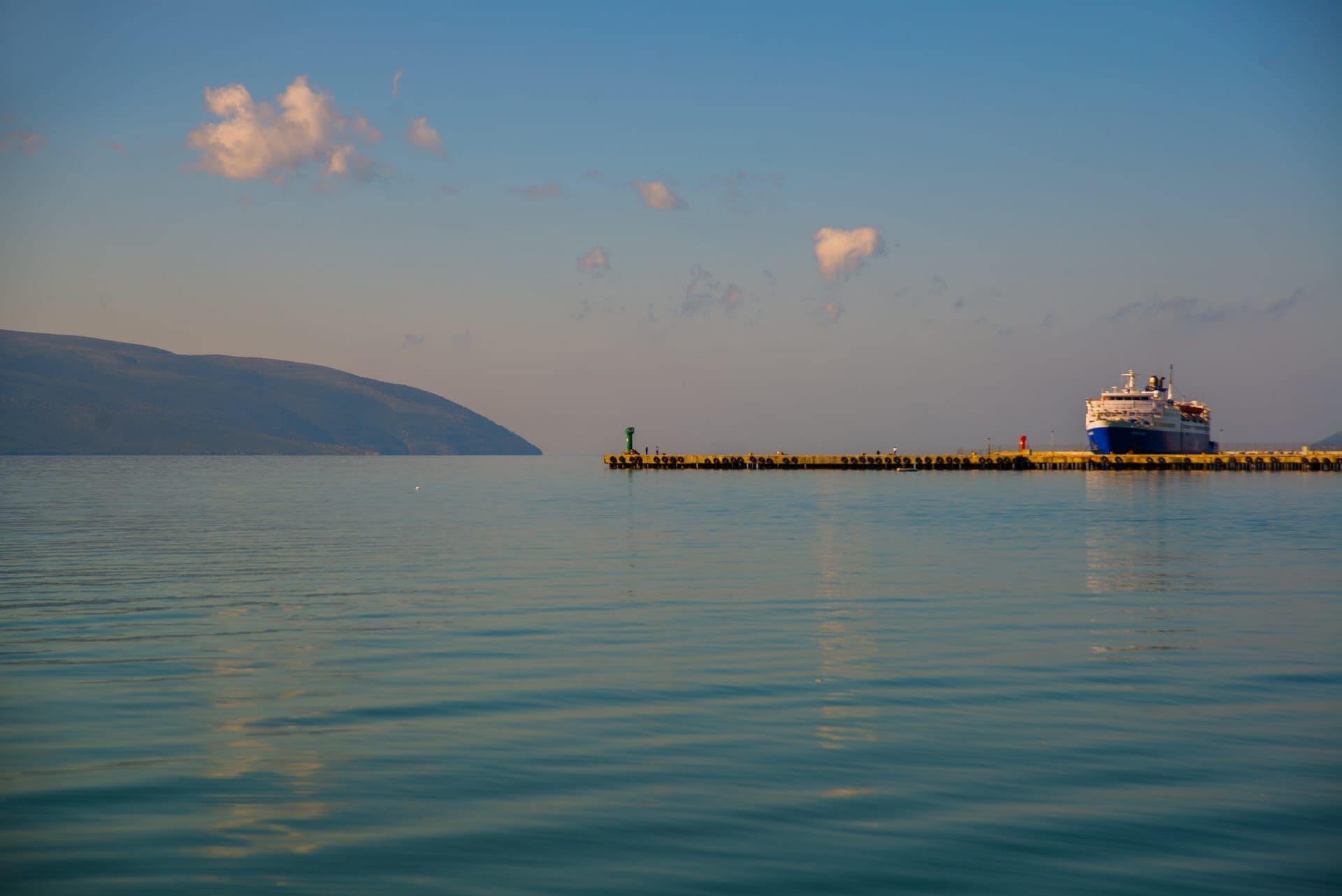
Why Visit
Nestled in the heart of Berat, one of Albania’s oldest cities, lies the Berat Ethnographic Museum. This hidden gem offers a treasure trove of Albanian culture, showcasing the country’s rich history and traditions. This museum is a must-see destination for anyone interested in folklore, traditional crafts, or simply immersing themselves in history.
Berat’s Storied Past
Berat has a long and storied past, with evidence of settlement dating back over 2,500 years. Its strategic hillside location along the Osum River made it ideal for early communities to establish themselves. Over the centuries, Berat was conquered and inhabited by various empires, from the Illyrians and Macedonians to the Romans and Ottomans. Each left its cultural and architectural imprints.
The Byzantines were the first to build major fortifications and religious structures in Berat. However, the strongest medieval architecture stems from the Norman occupation in the 11th and 12th centuries. The imposing castle still standing above Berat today originates from this period.
Under Ottoman rule from the 15th-19th century, Berat saw much of its current features developed—impressive mosques, hammams, bridges, and homes dating from this era. The harmonious blend of Islamic and vernacular Albanian architecture led to Berat being designated a UNESCO World Heritage Site in 2008.
Inside the Museum
Housed in an exquisite 18th-century Ottoman home, the museum contains over 1,300 exhibits related to traditional life in Berat and the surrounding area. Wandering through the beautifully preserved rooms, you’ll gain deep insights into local culture and crafts through the display of clothing, tools, religious items, and everyday furnishings.
Of particular note is the medieval bazaar recreation on the first floor, where shops exhibit local handicrafts such as filigree silverwork, woodcarving, and copper items. The diversity of finely crafted wares reflects the prosperity of aristocratic families and Berat’s merchant class during the 17th-19th centuries.
The porch features implements for home industries like pottery, raki distilling, oil production, and metalworking. This space highlights the resourcefulness and self-sufficiency of Albanian households.
Upstairs, the ceremonious guest room dazzles with lavish furnishings and decor. Next door, the women’s craft room’s intimate charm with its looms and embroidery collection conveys Berat’s artisans’ diligence and skill.
The diverse exhibits across all floors provide a powerful window into the past, bringing Berat’s cultural legacy to life.
Albanian Craftsmanship
The museum also spotlights Albania’s renowned artisanal traditions. On display are superb examples of regional handicrafts that demonstrate the mastery of Albanian craftspeople honed over centuries.
Intricately woven kilims and embroidered textiles showcase the virtuosity of Albanian spinning, dyeing, and needlework. Ornately carved beds, chests, stools, and niches exemplify the woodworking prowess of local carpenters. Clay, leather, metal, and stone items reflect the diversity of materials and are deftly shaped into everyday objects and folk art.
These painstakingly crafted pieces, made with care to serve families across generations, remind visitors of the persistence of Albanian folk artistry and the need to sustain its living heritage.
Music, Dance, and Celebrations
Exhibits related to Albanian customs offer additional avenues into the region’s folk culture. Traditional musical instruments like the lahuta lute are on display, which provides a lively tempo for Albanian songs and dances.
Intricate regional folk costumes take center stage through their colorful embroidery, gold braiding, and symbolic motifs. Customs around life events like weddings and religious holidays are also illustrated.
Through these displays, visitors can appreciate how integral music, movement, and communal gatherings are to the everyday life of Albanians, as well as gain insight into the meanings encoded within cultural practices.
By engaging with these expressions of intangible heritage, we forge a personal connection with the spirit of Albania’s people.
Visiting the Museum
The Berat Ethnographic Museum is located in the Gorica neighborhood of Berat, just across the Osumi River from the castle quarter. It is easily reached on foot from most accommodations.
The museum is open Tuesday to Sunday from 9:00 am to 1:00 pm, then again from 4:00 pm to 7:00 pm. It is closed on Mondays. Entry costs 200 Lek for adults and 100 Lek for youth.
Guided tours can be arranged in advance for groups. Allow at least an hour to appreciate the main exhibits at a relaxed pace, more so for guided tours.
Whether you have a passion for folk arts, traditional lifeways, or Albanian history, the Berat Ethnographic Museum provides rare access to the country’s living heritage through the lens of material culture. Its one-of-a-kind collections within an Ottoman period home create an intimate, eye-opening experience.

